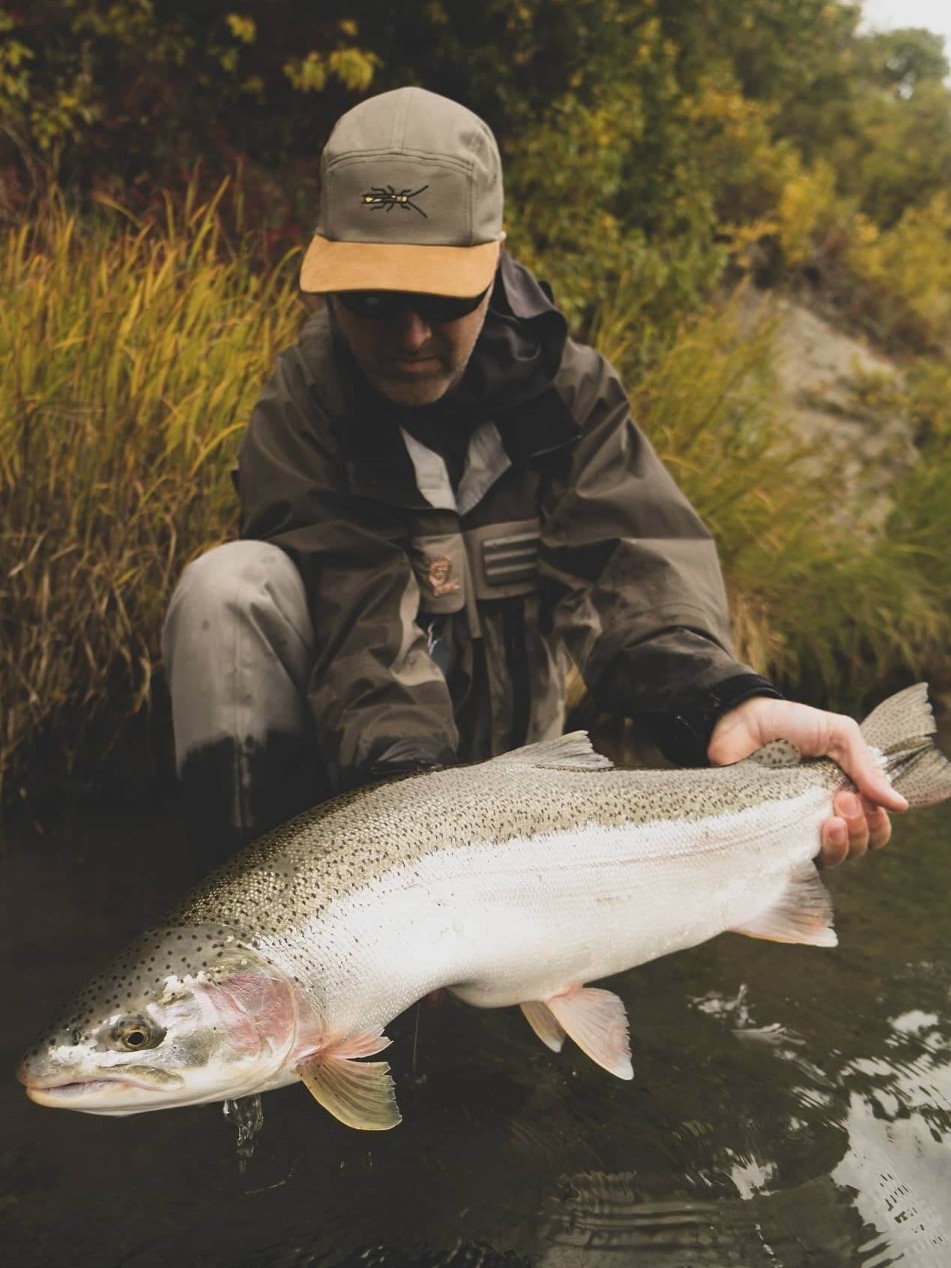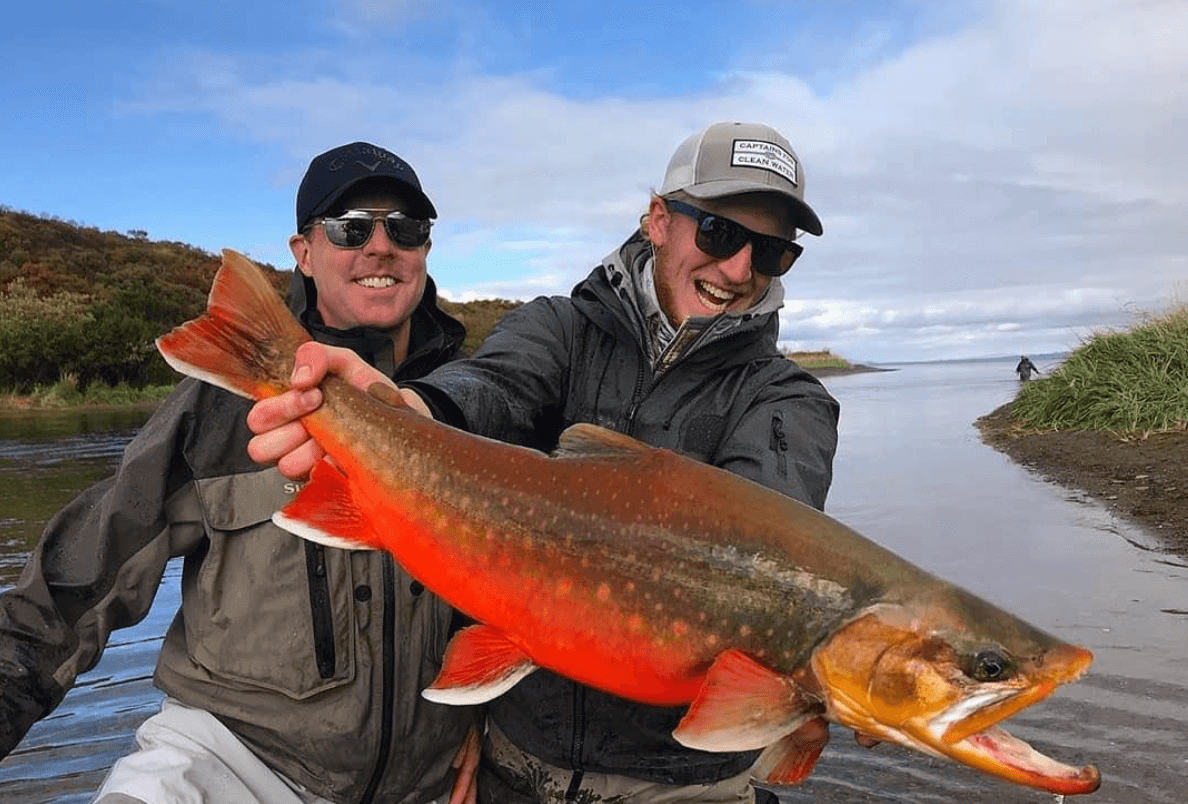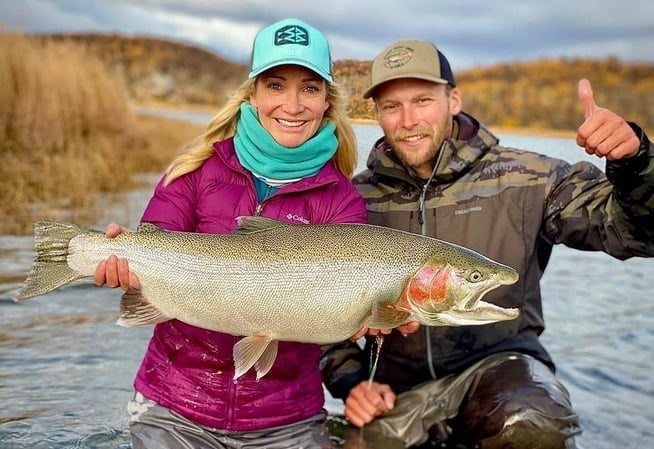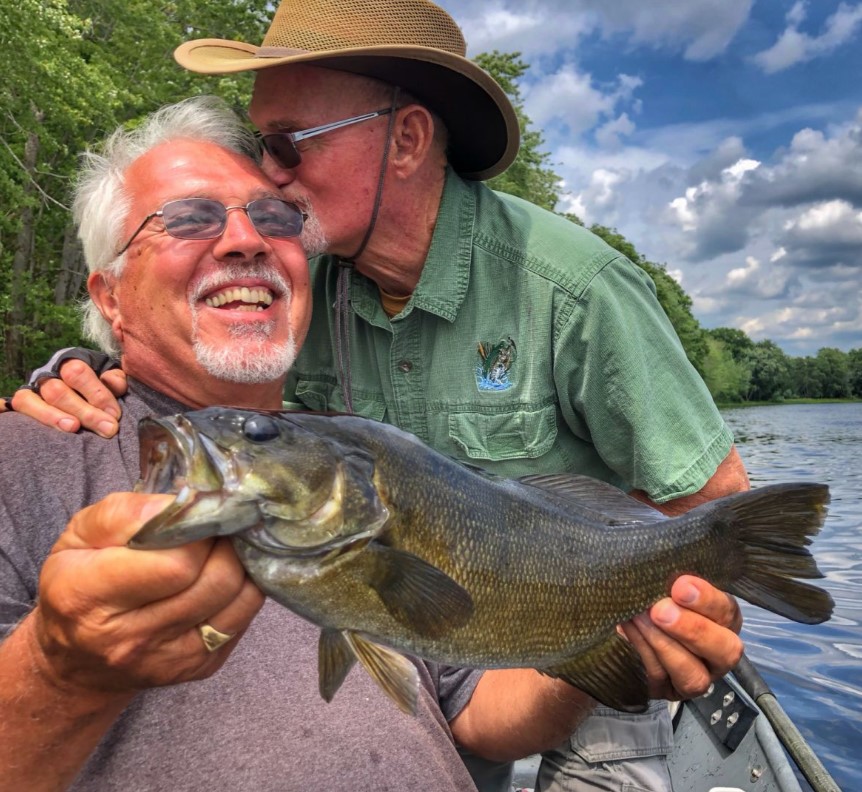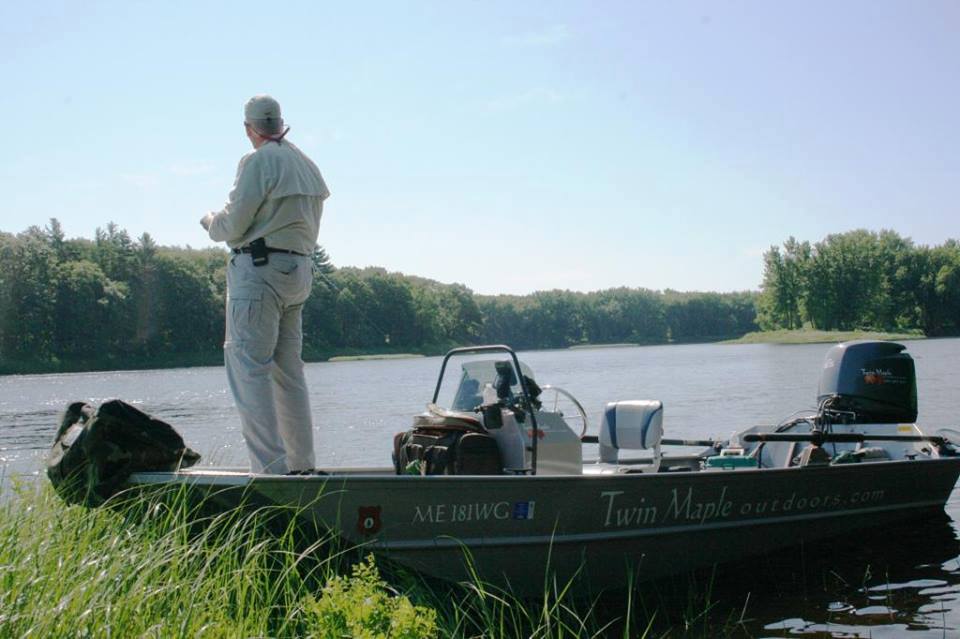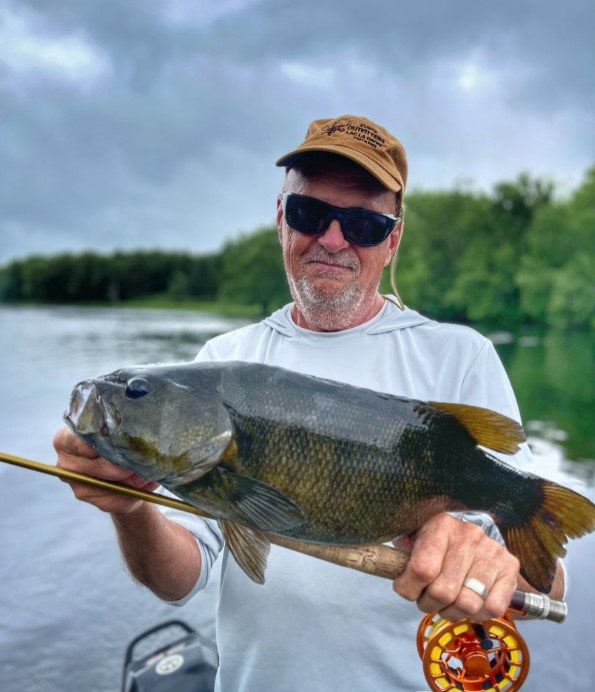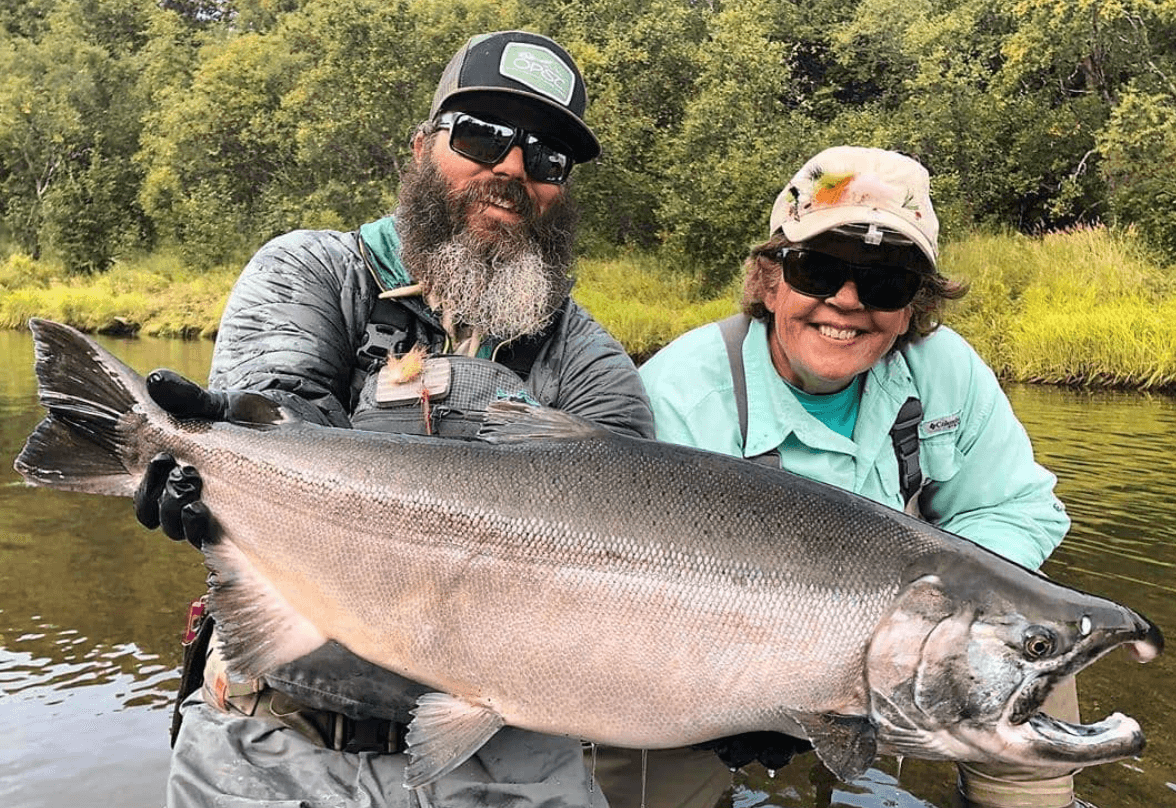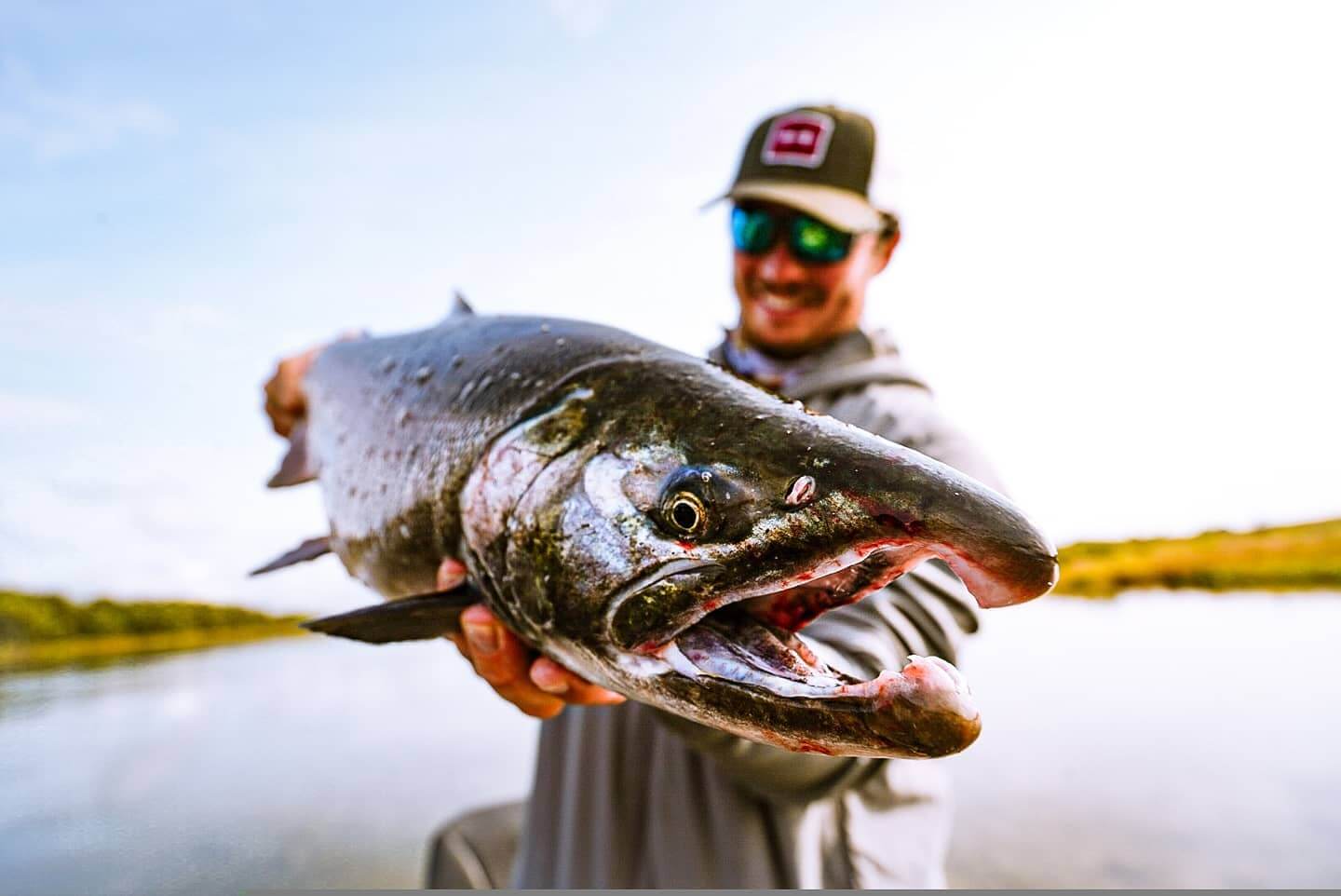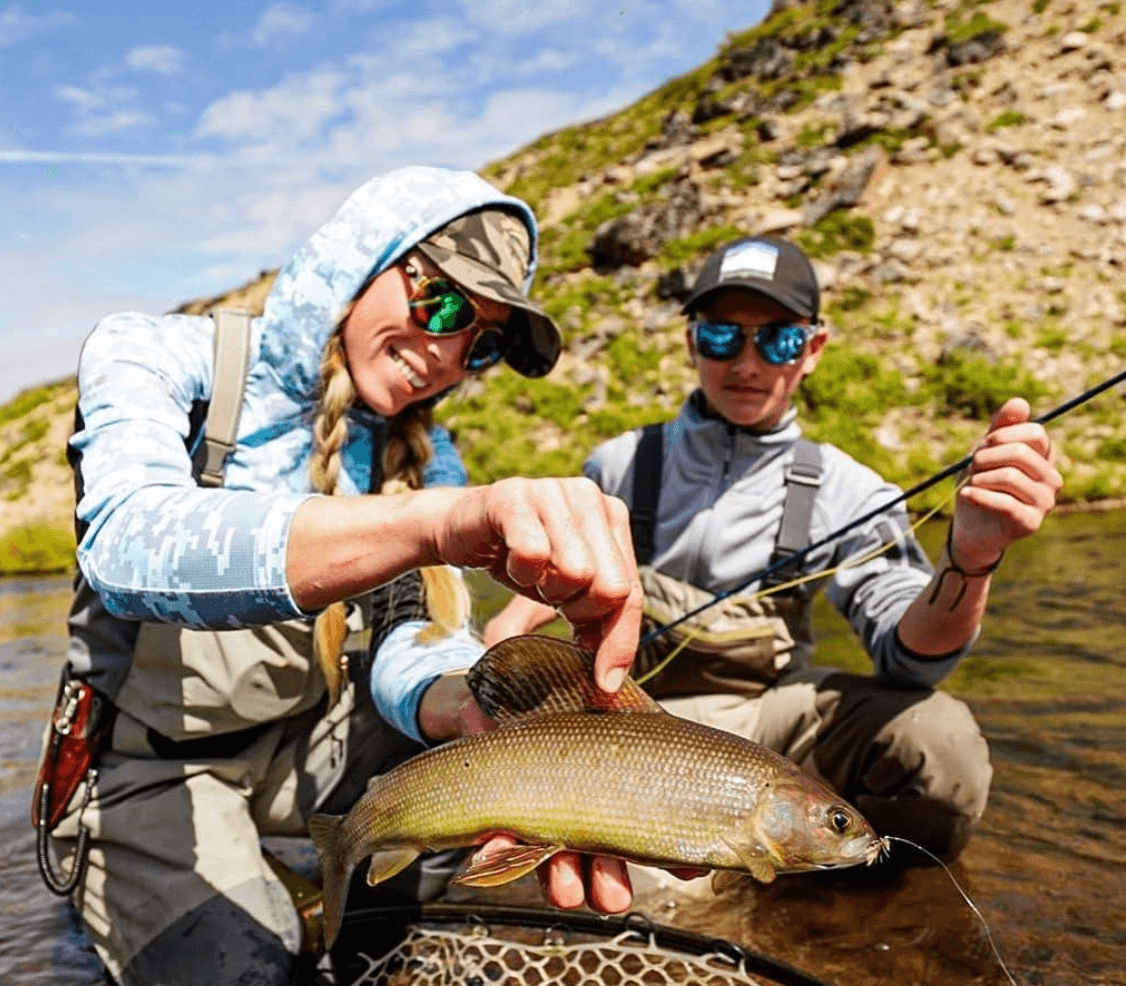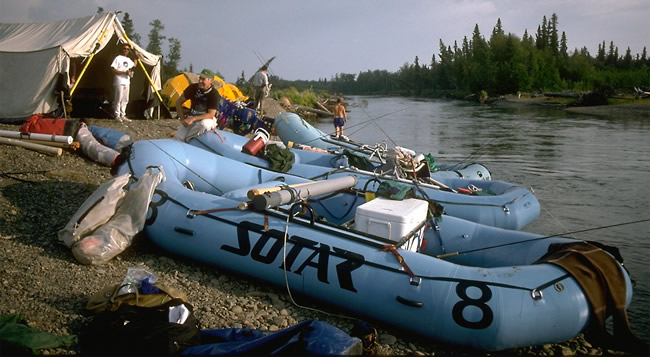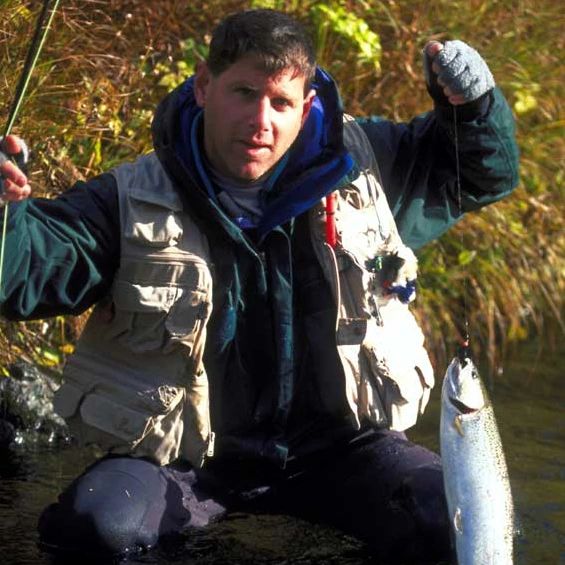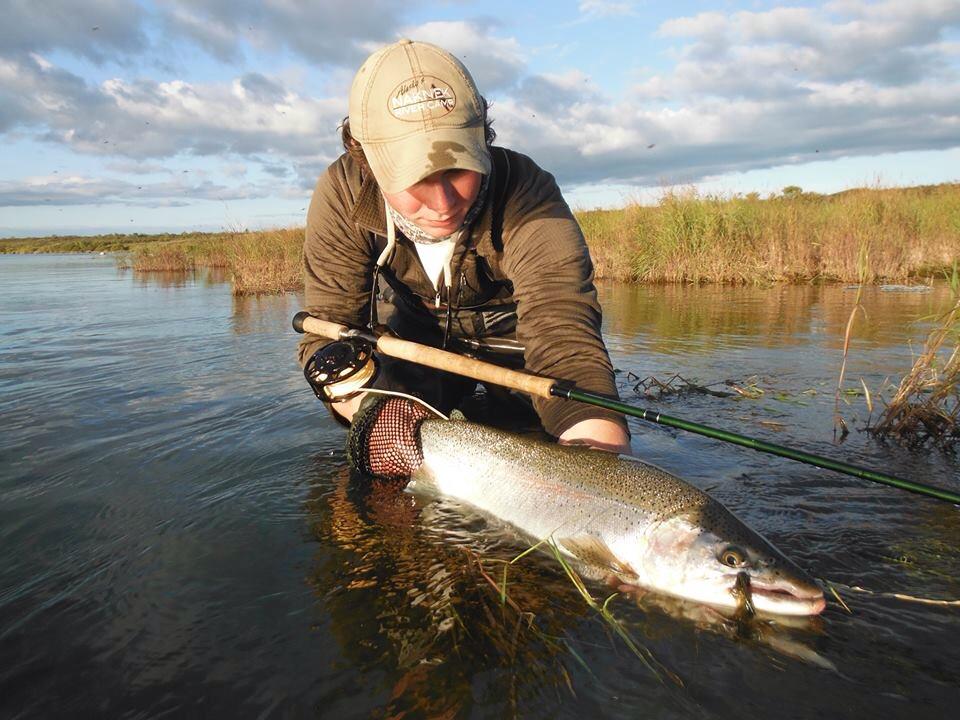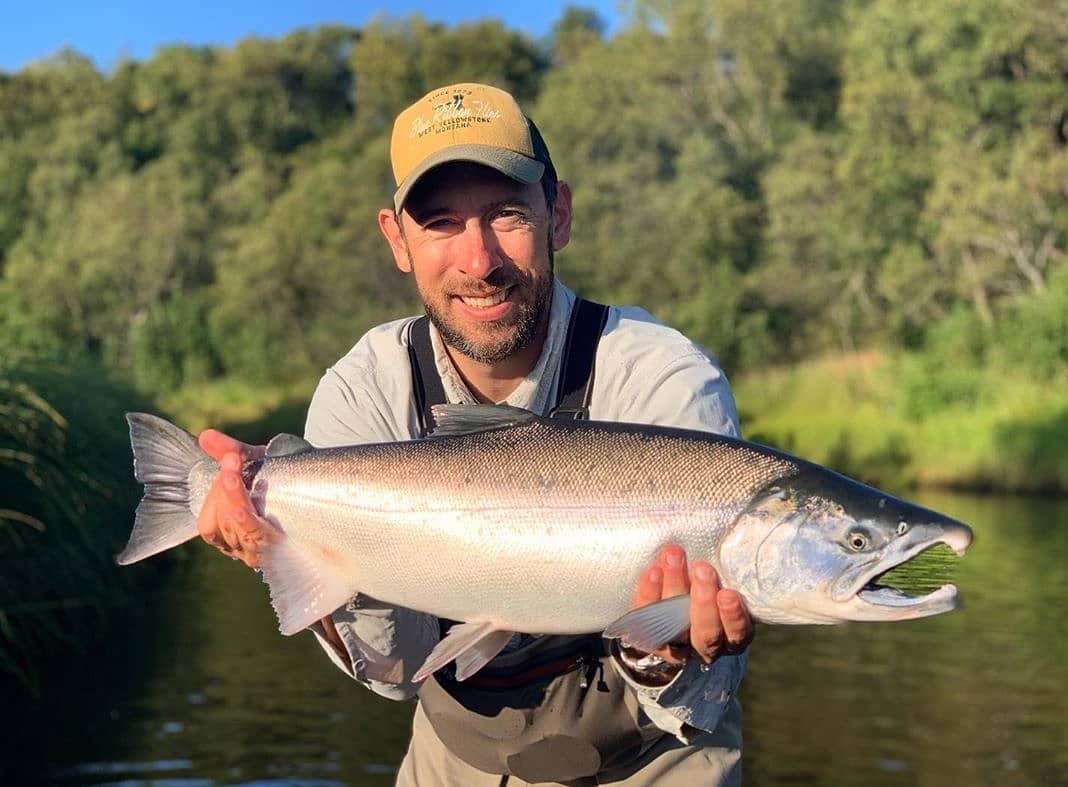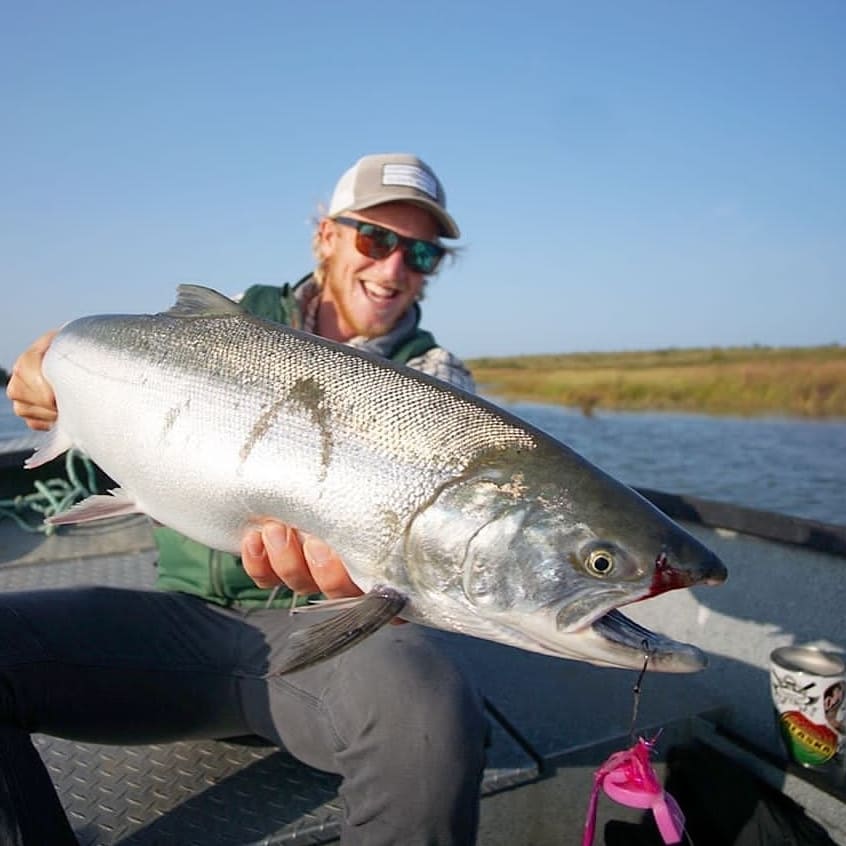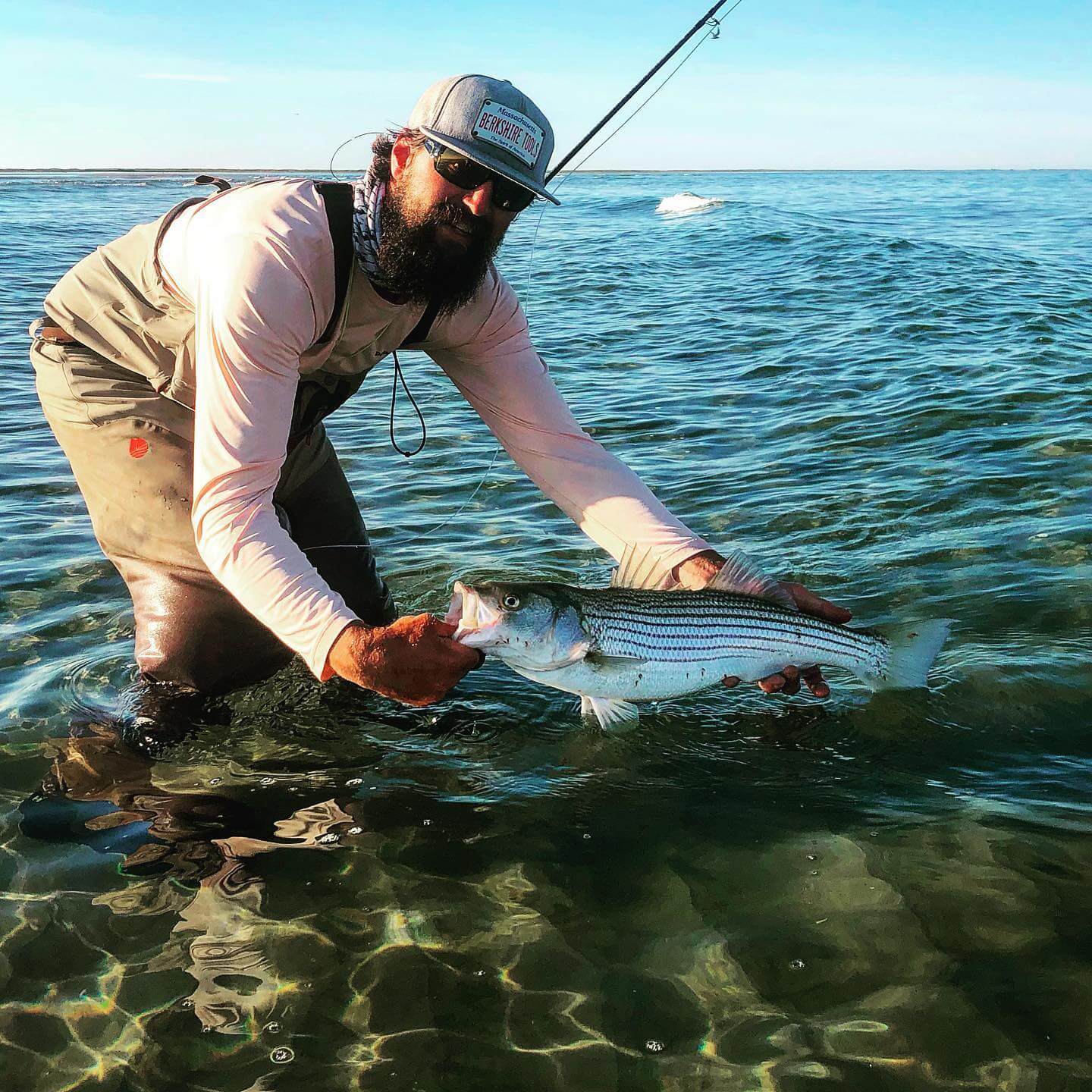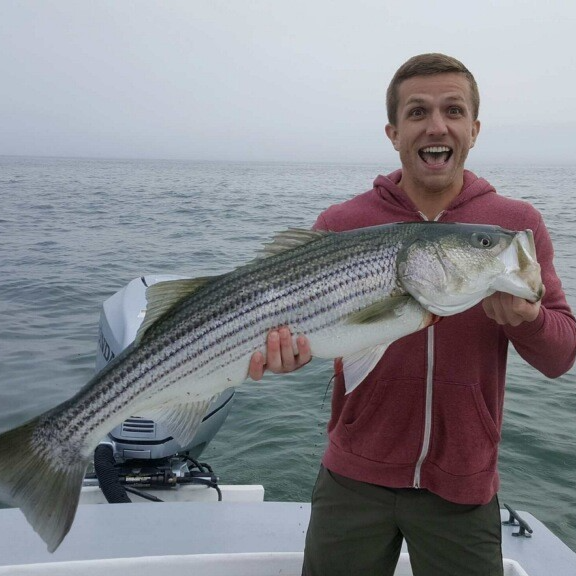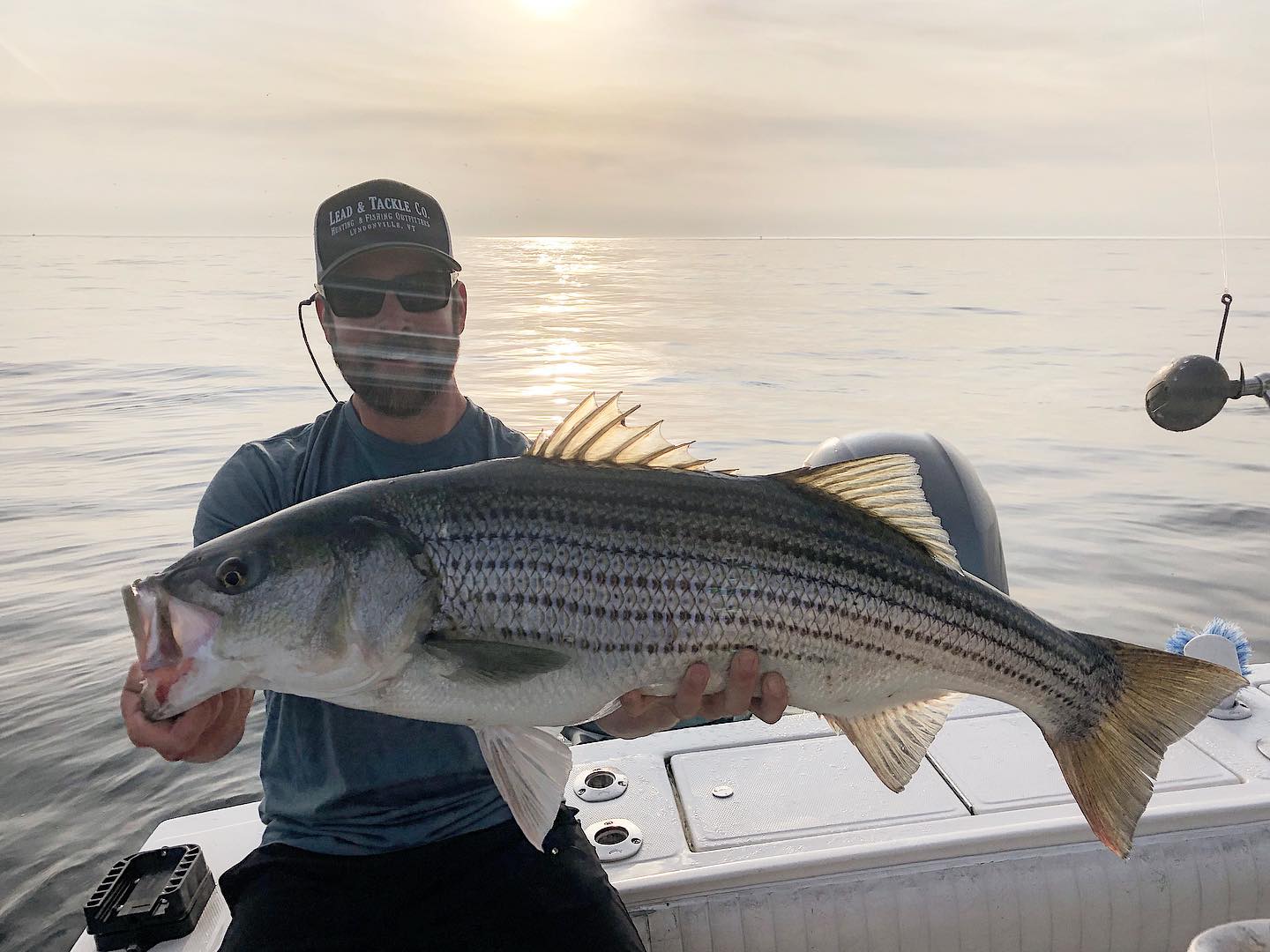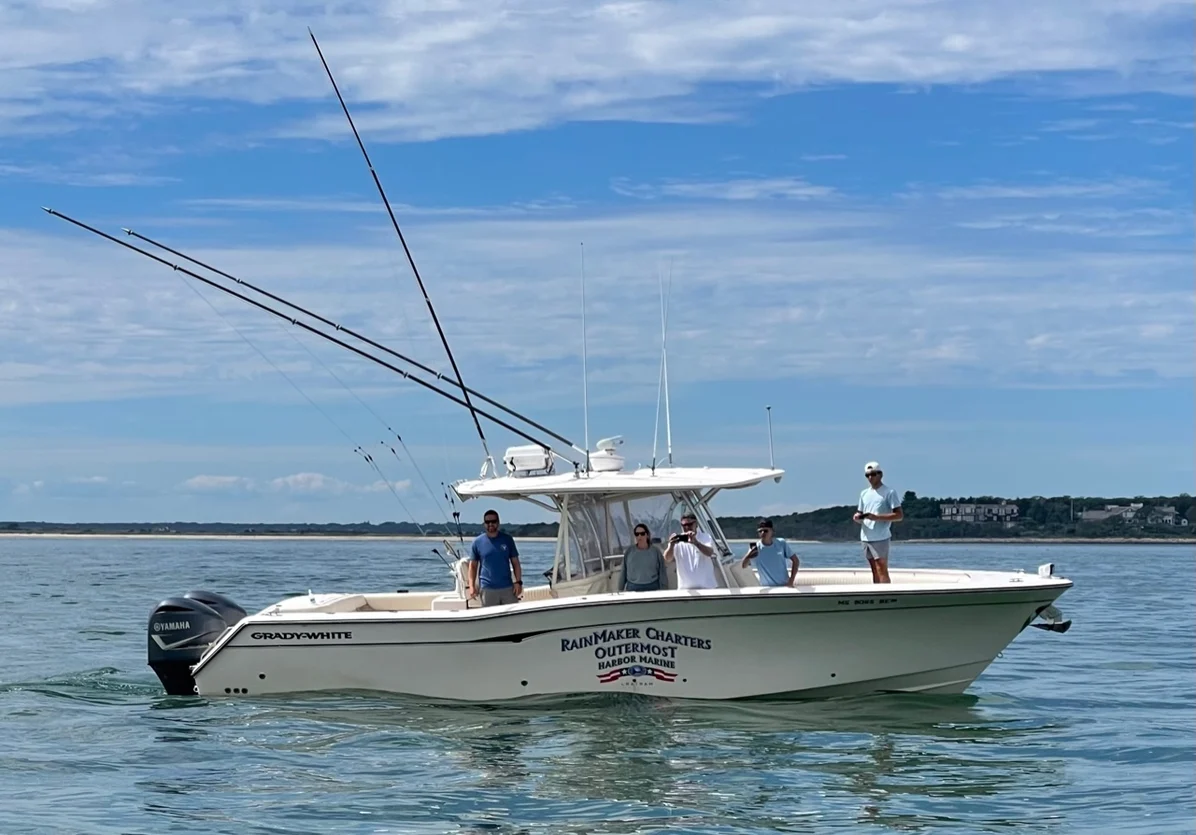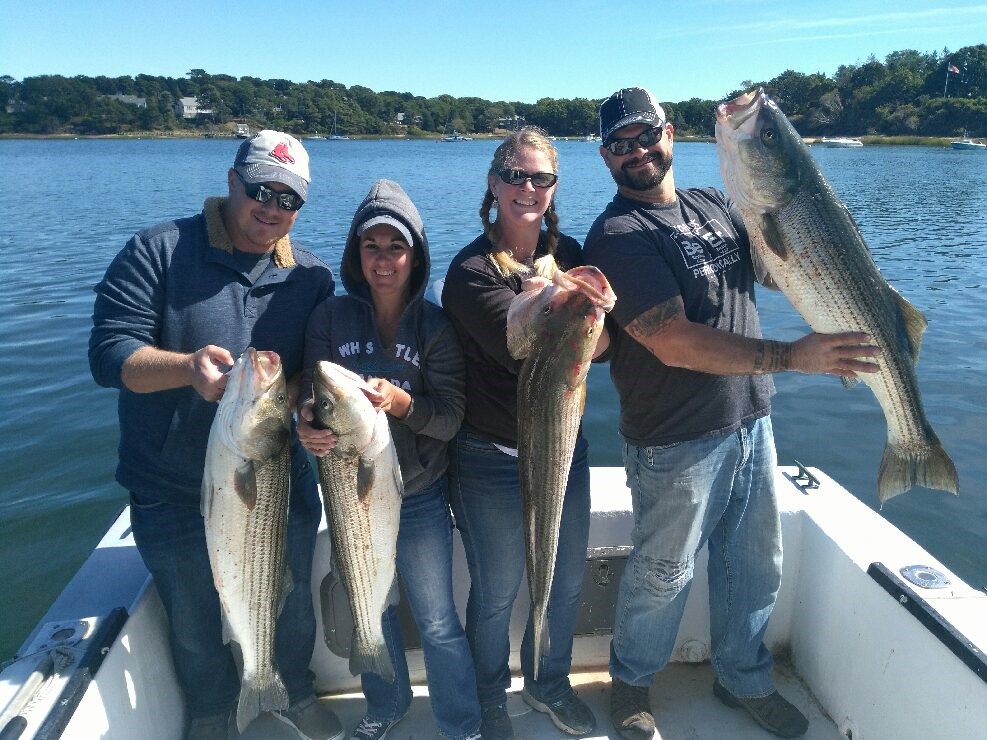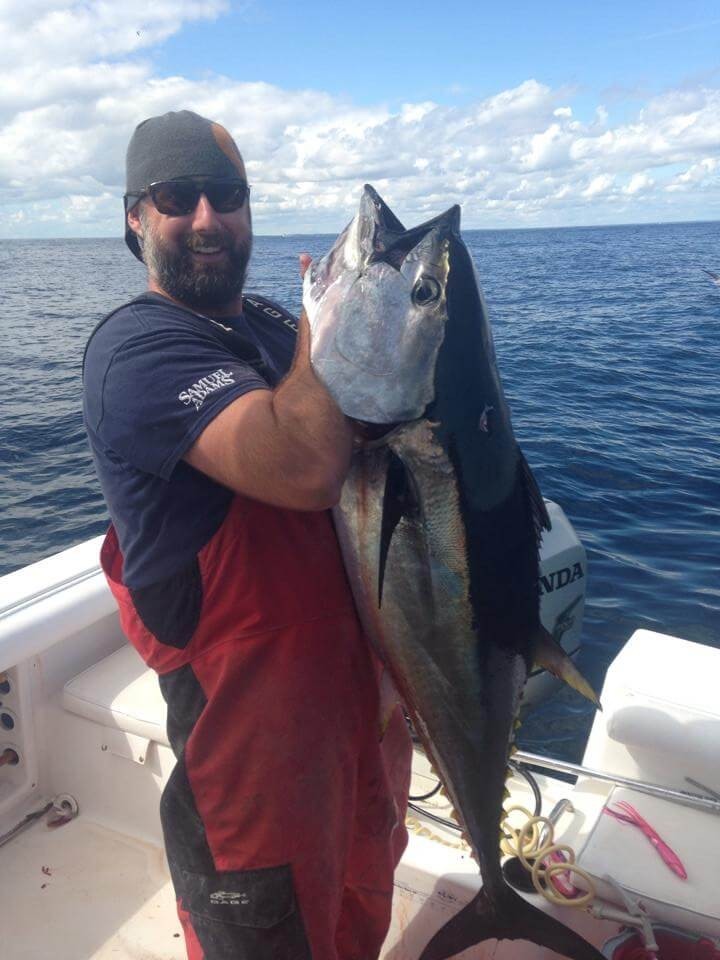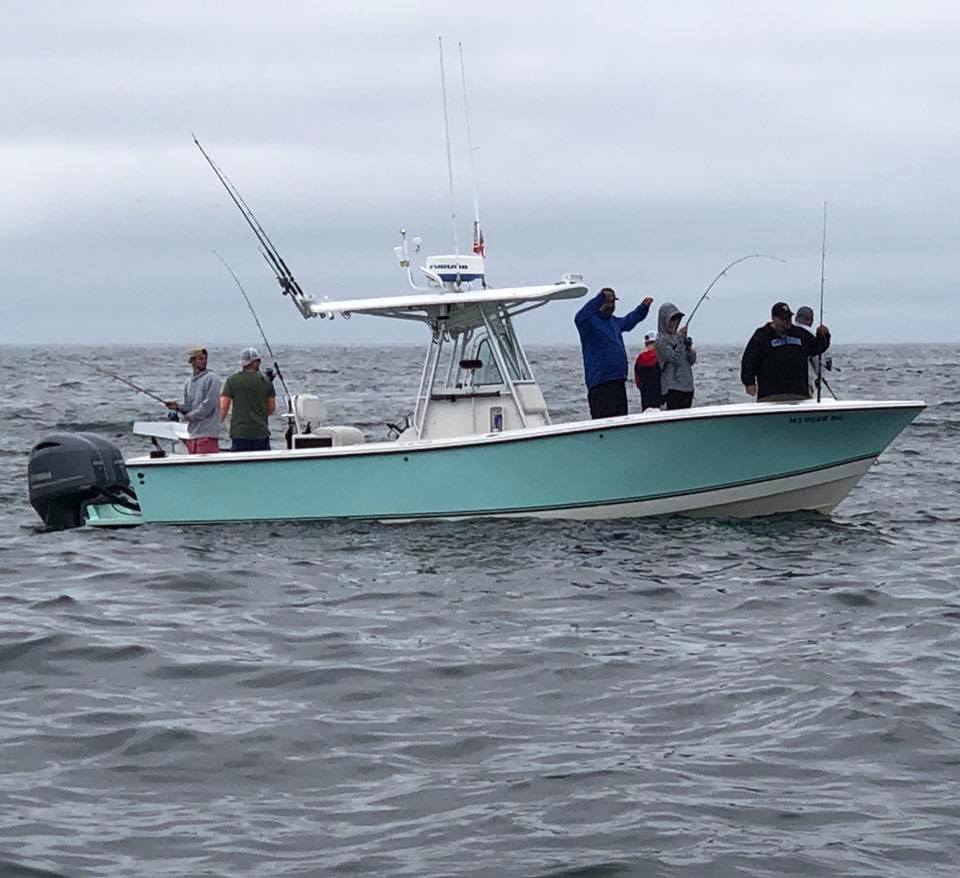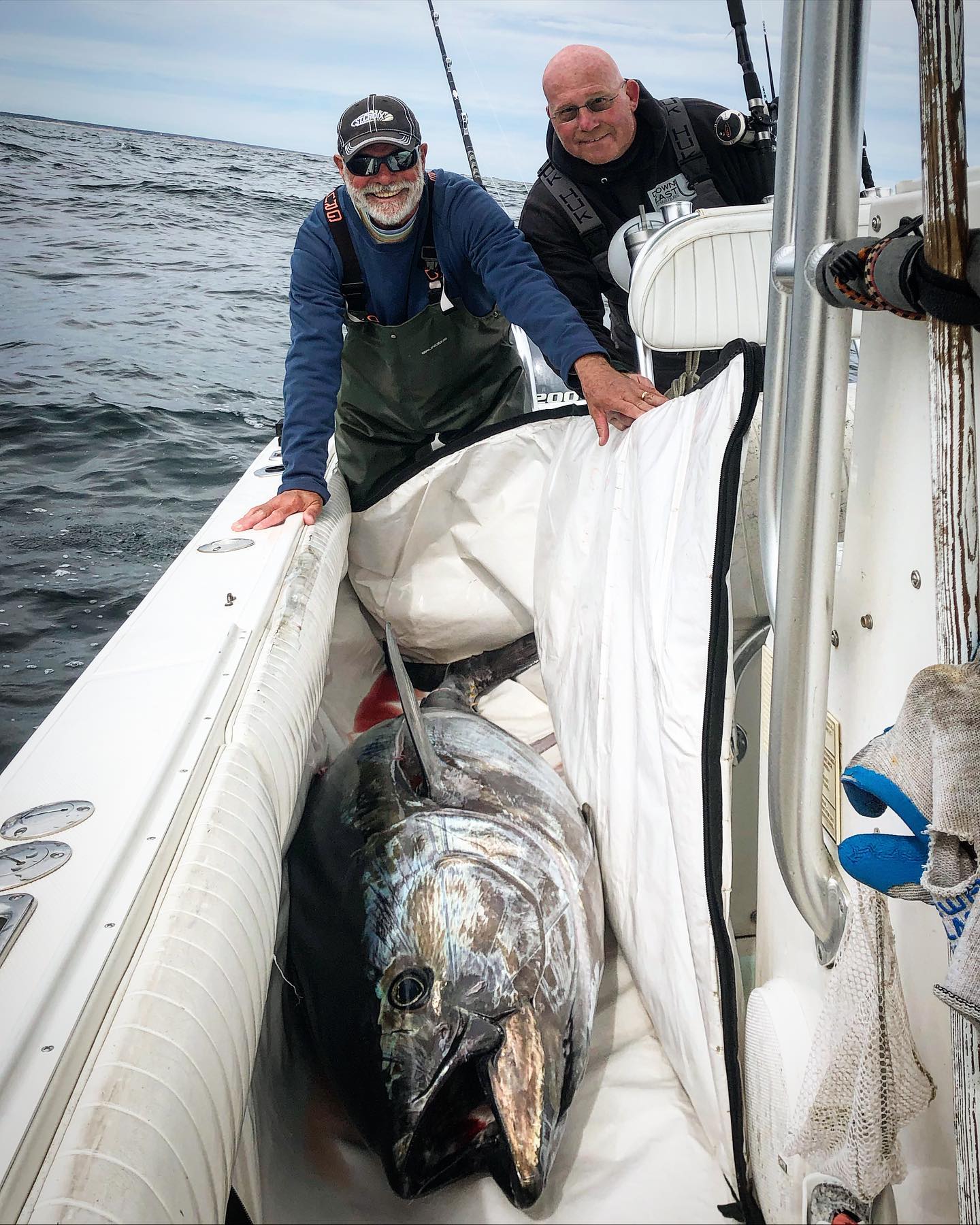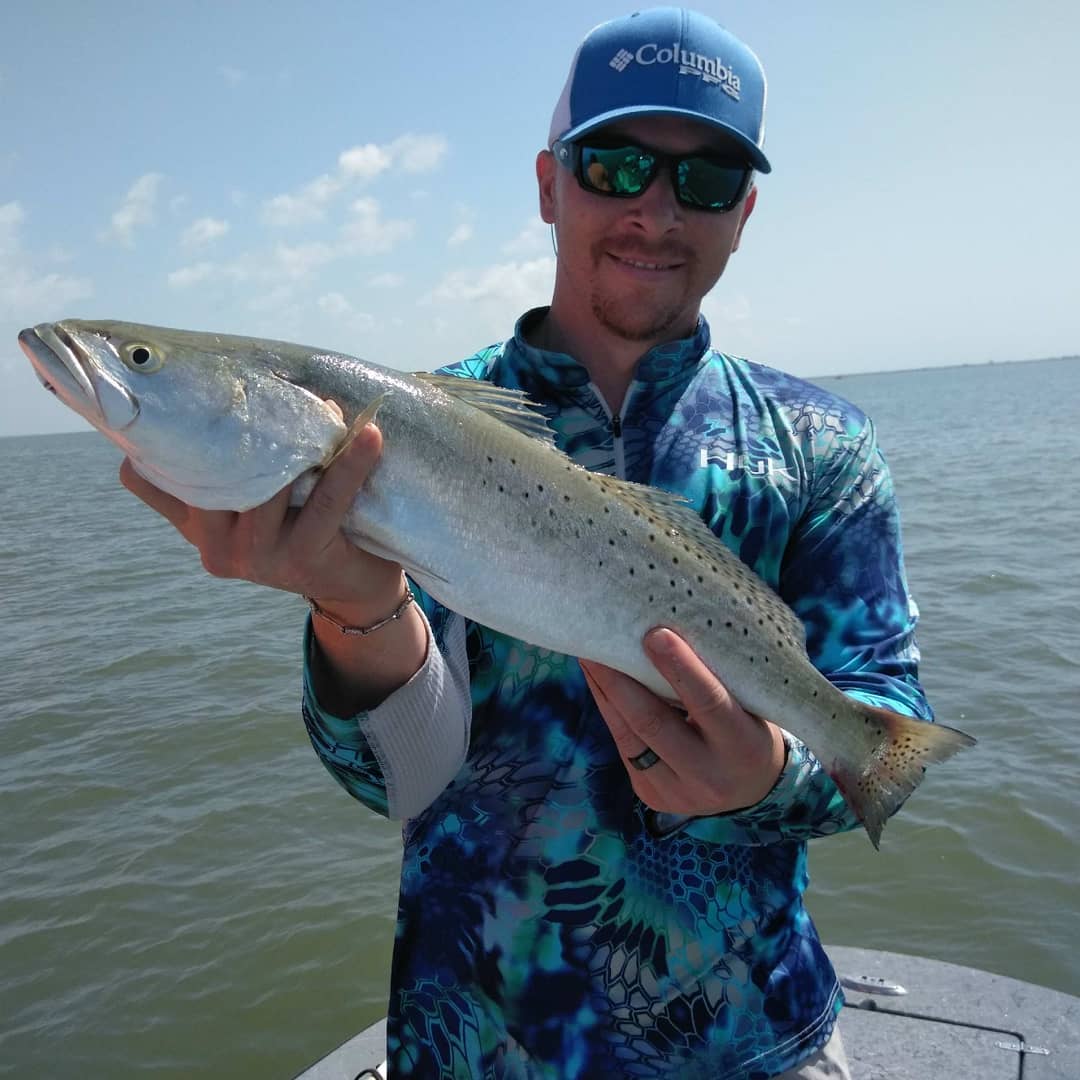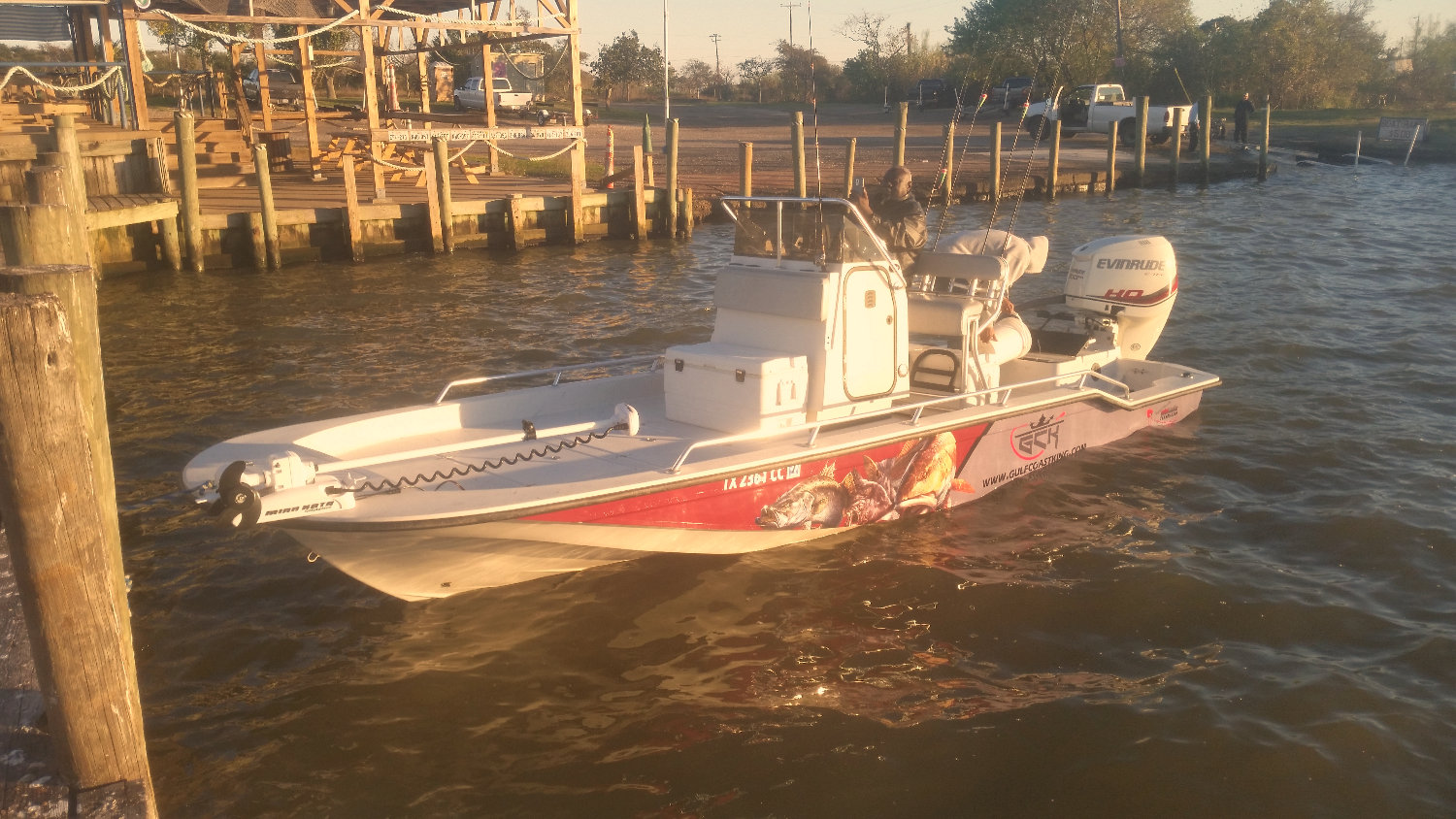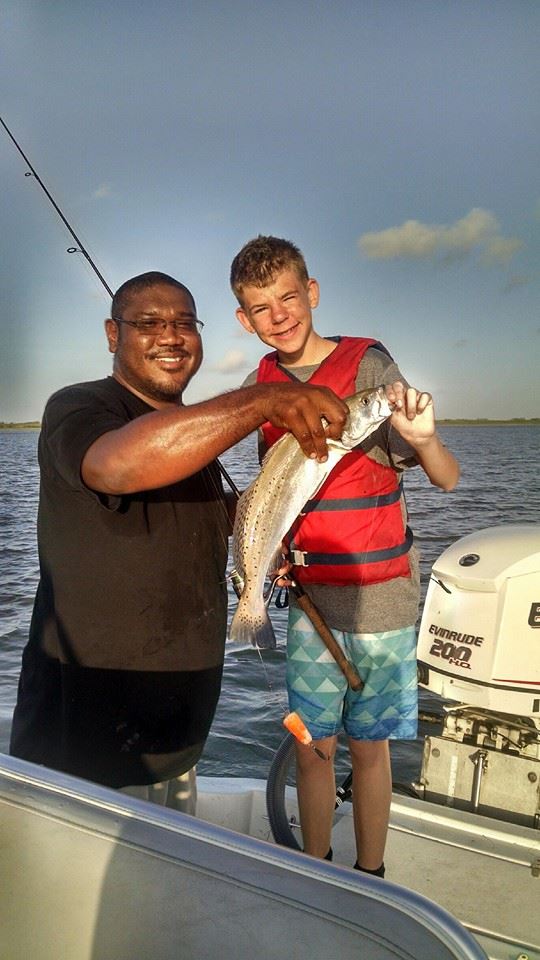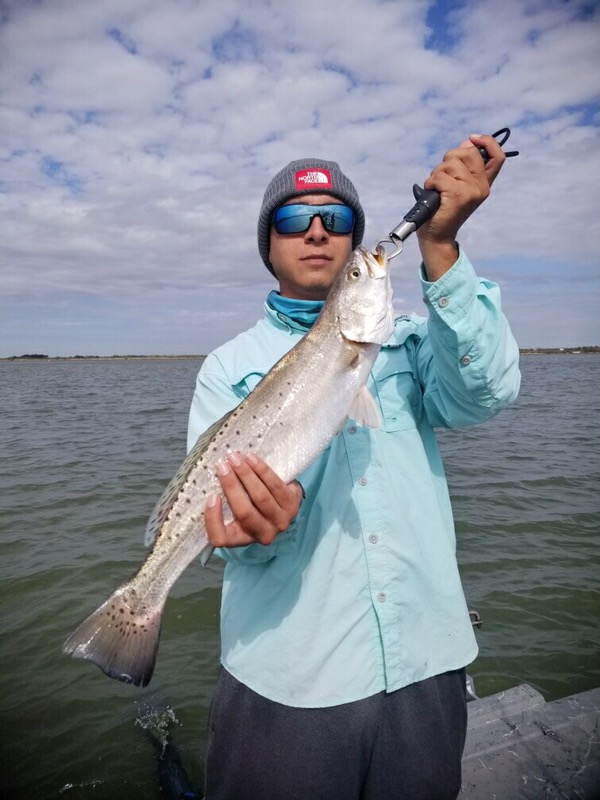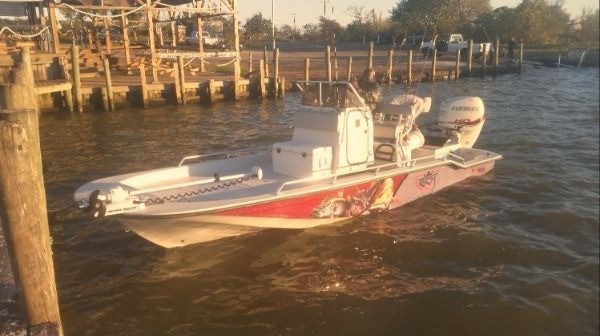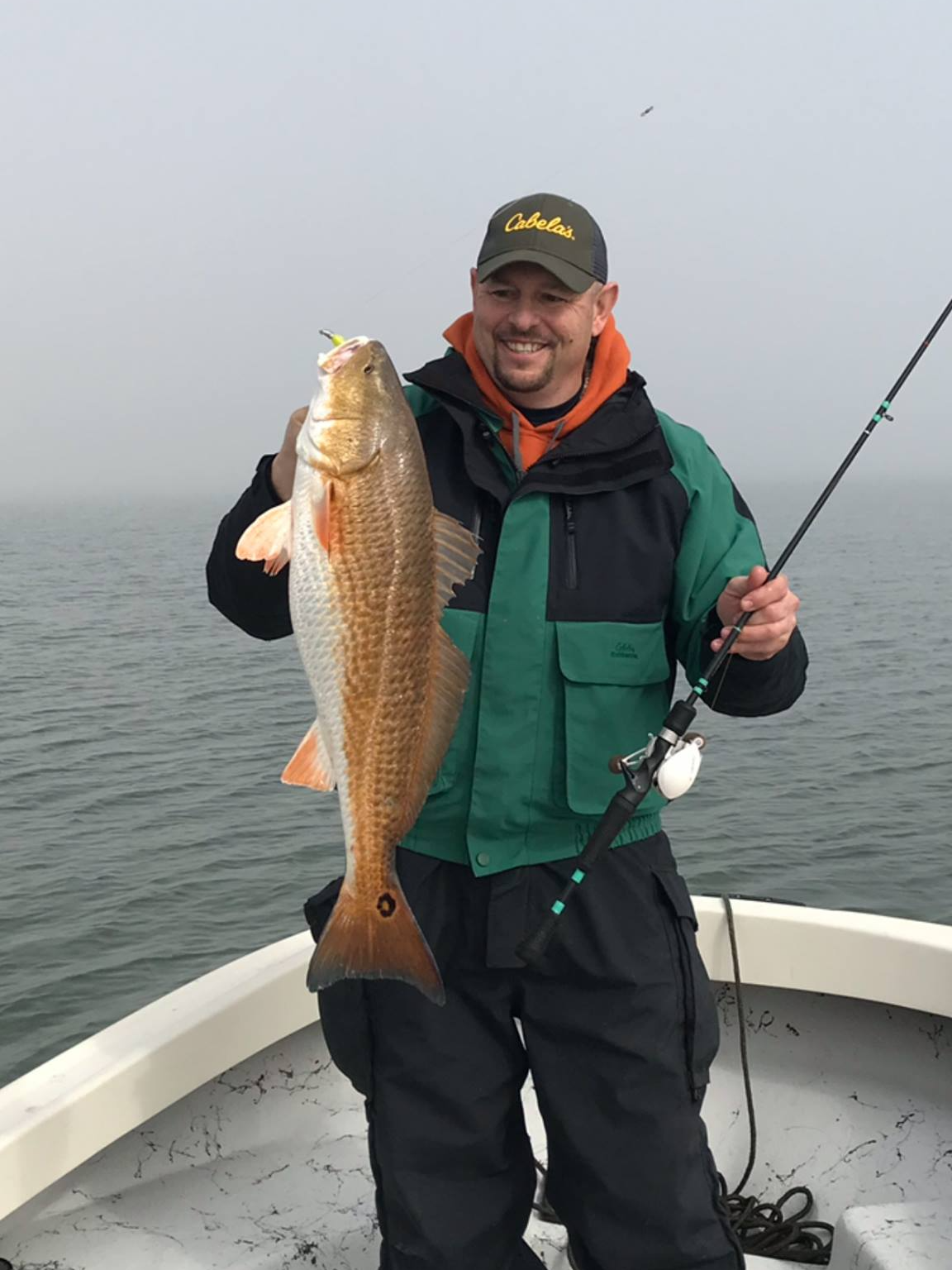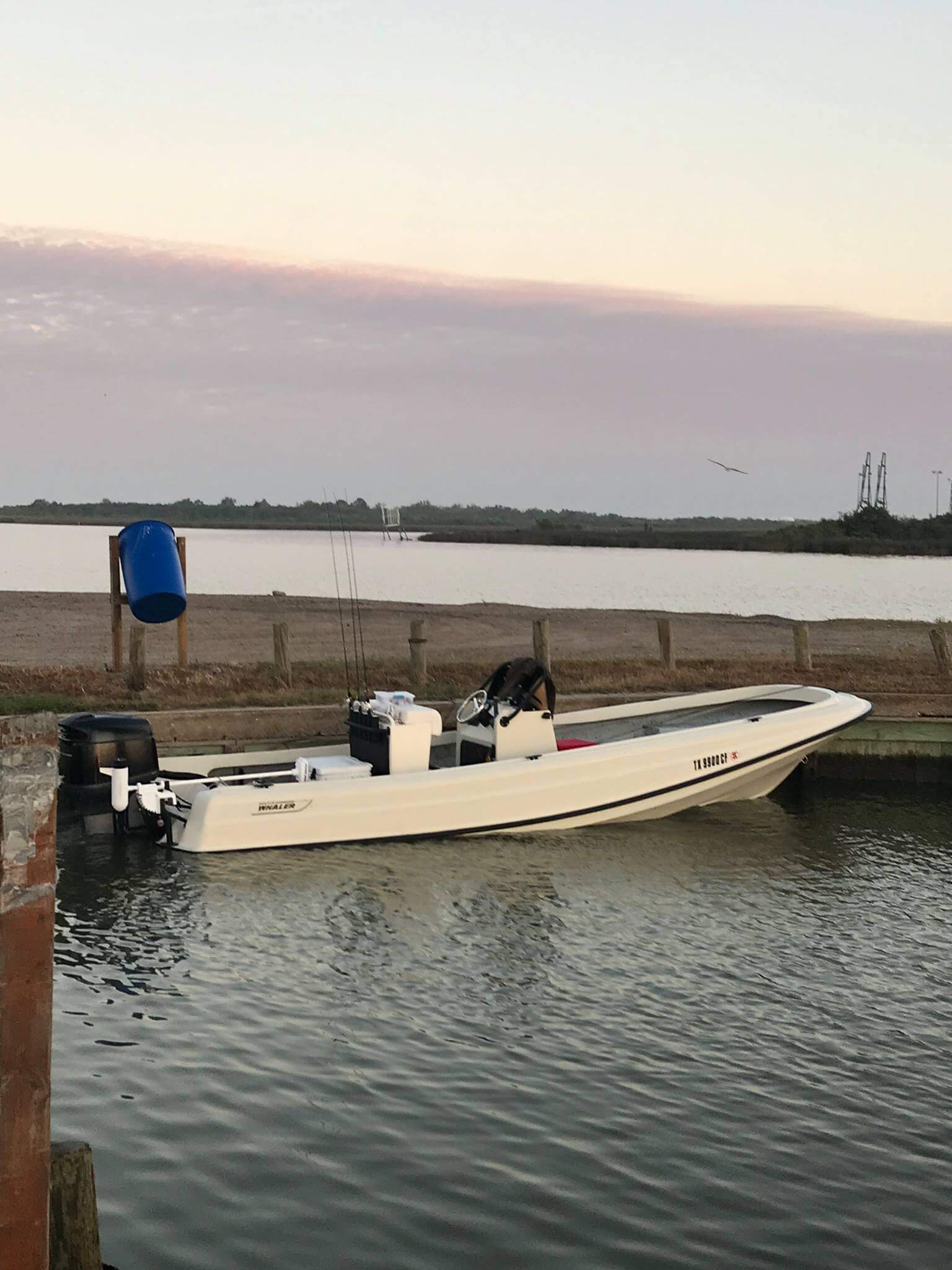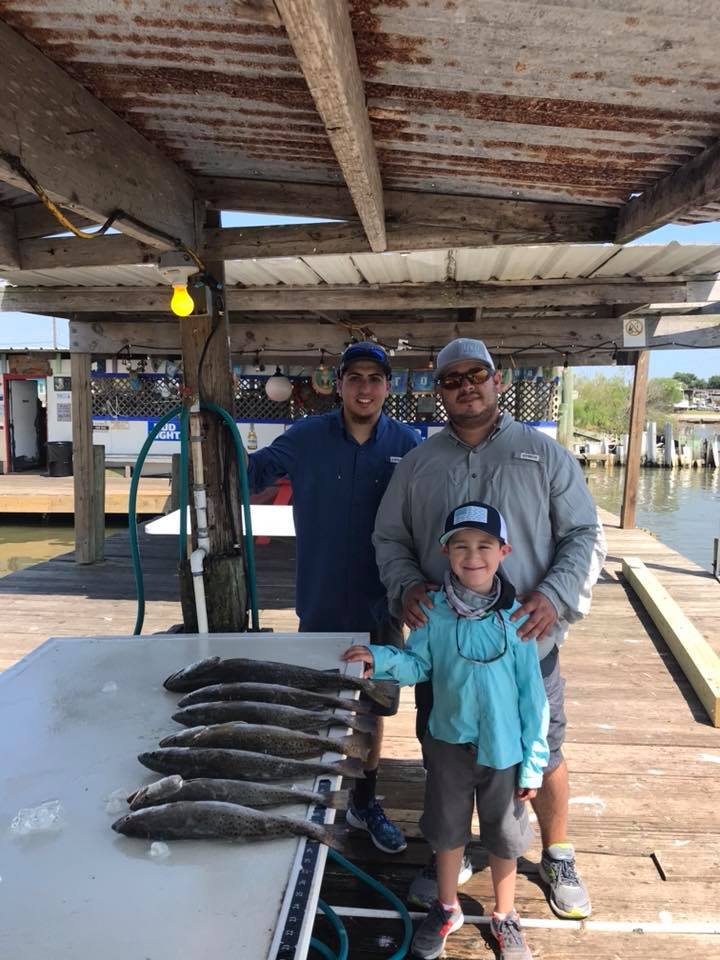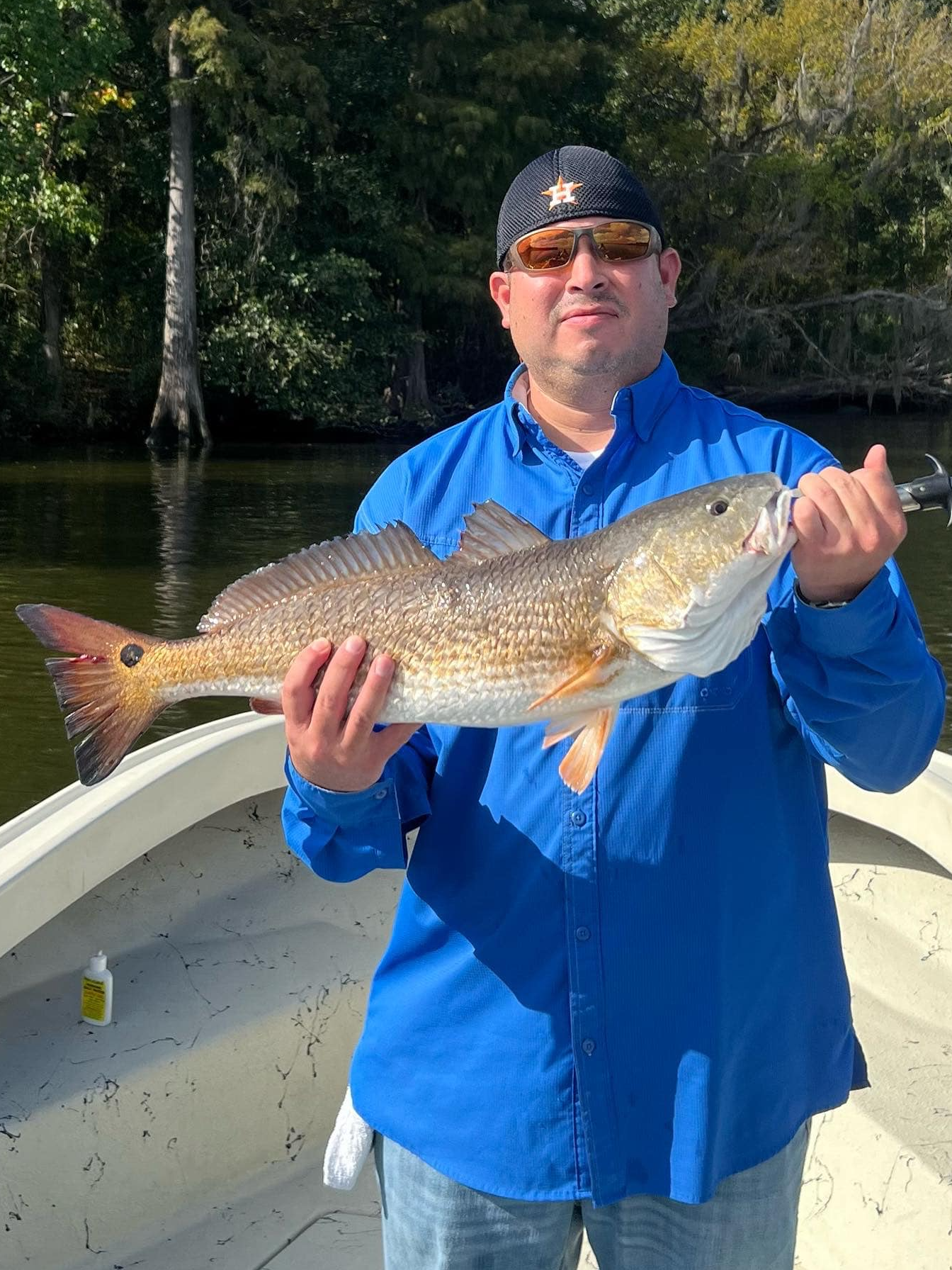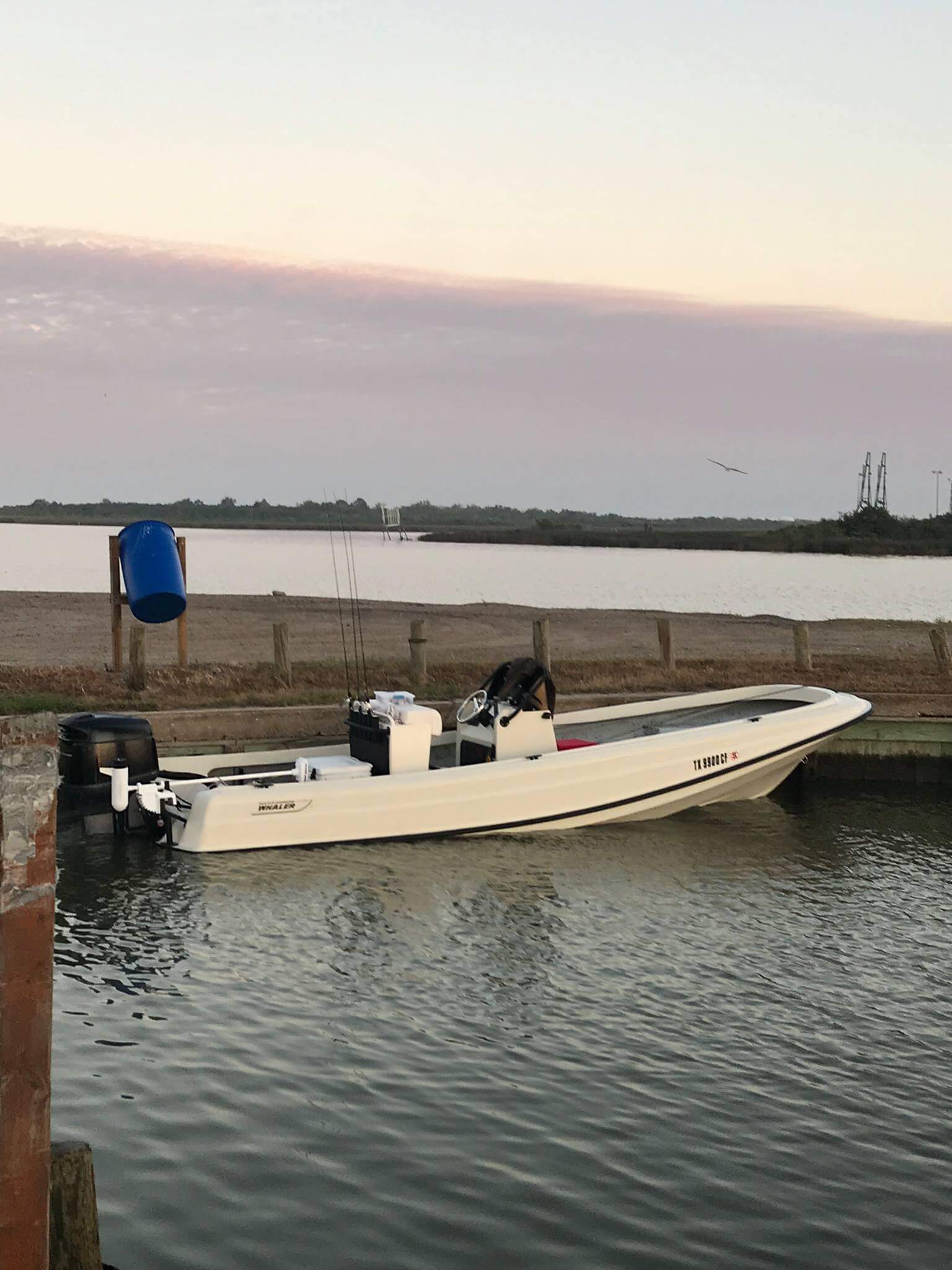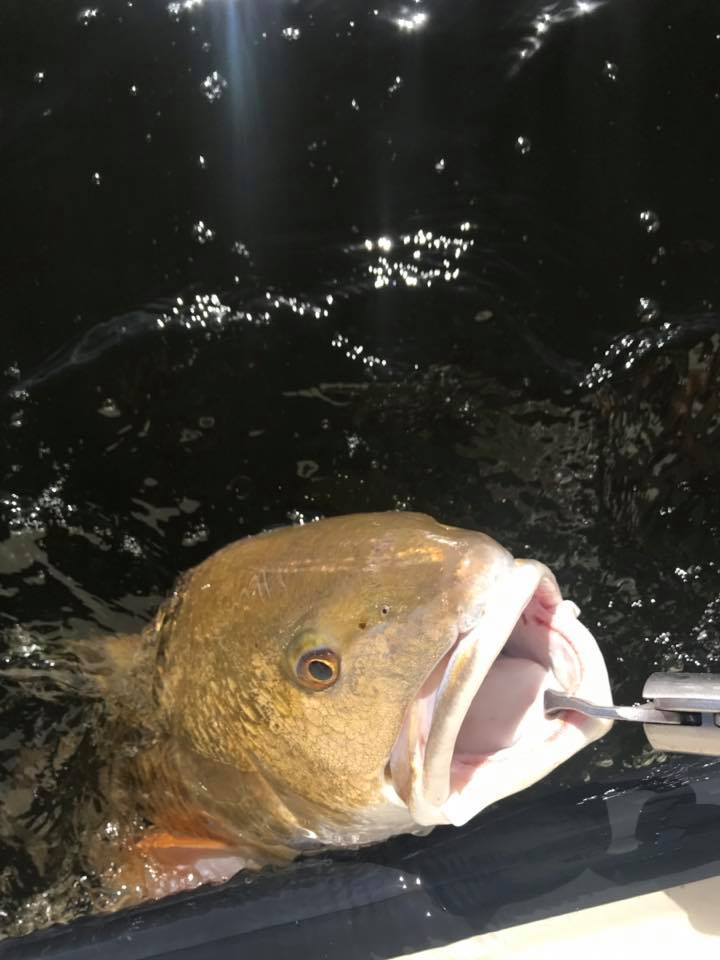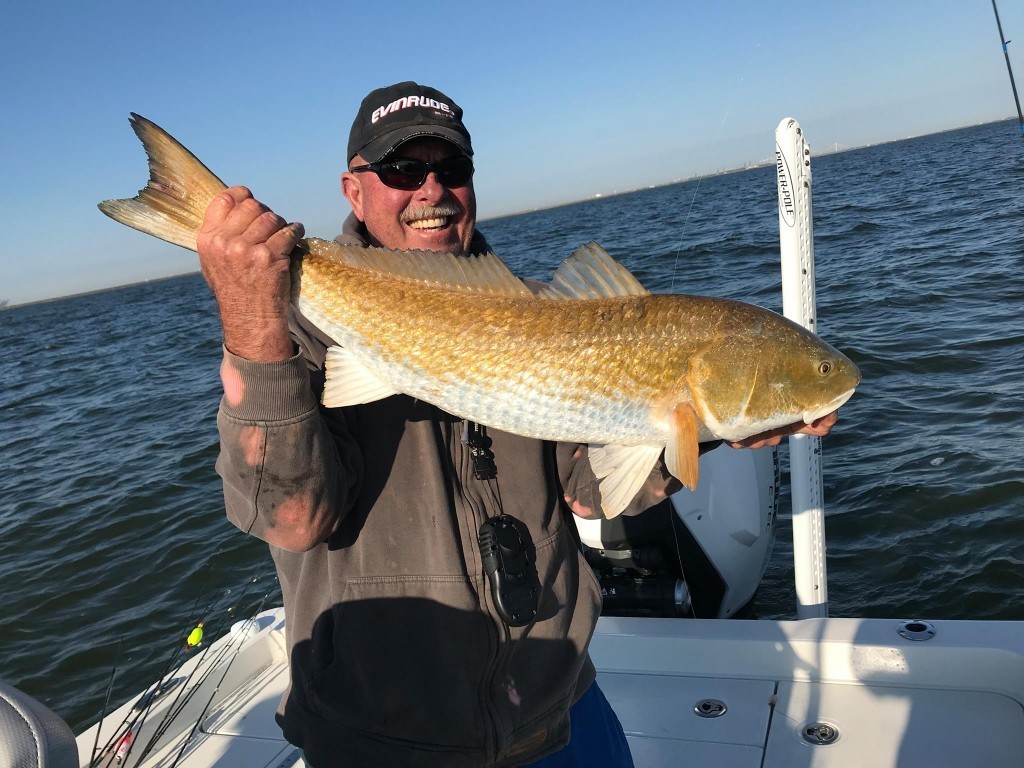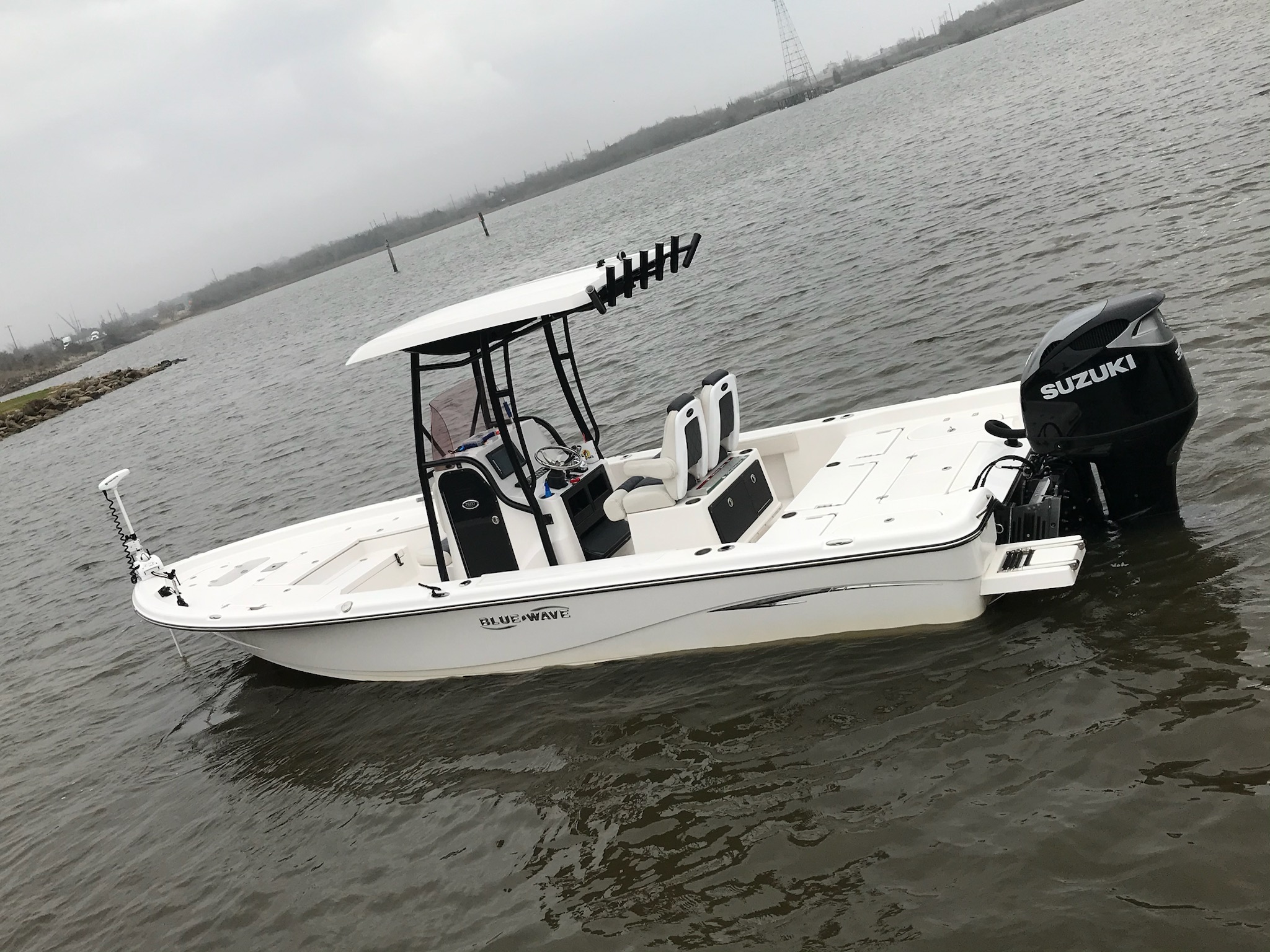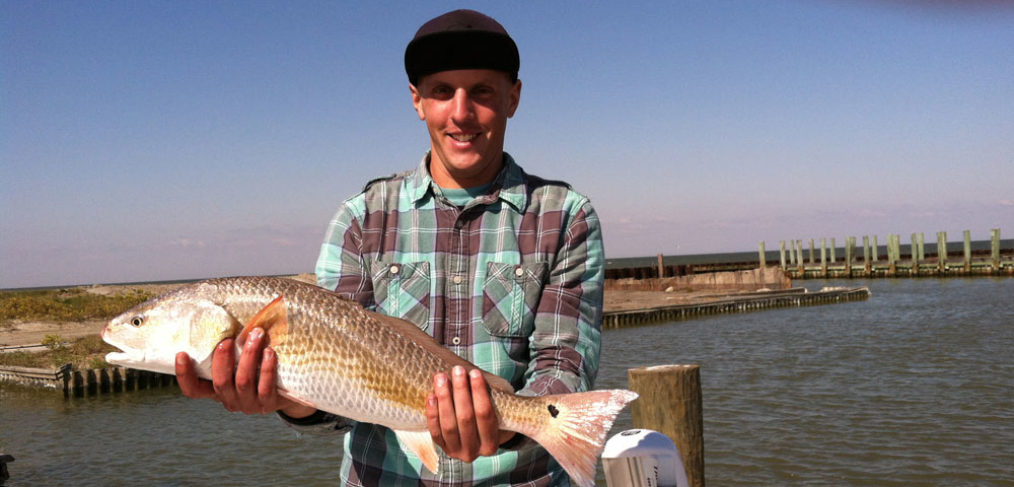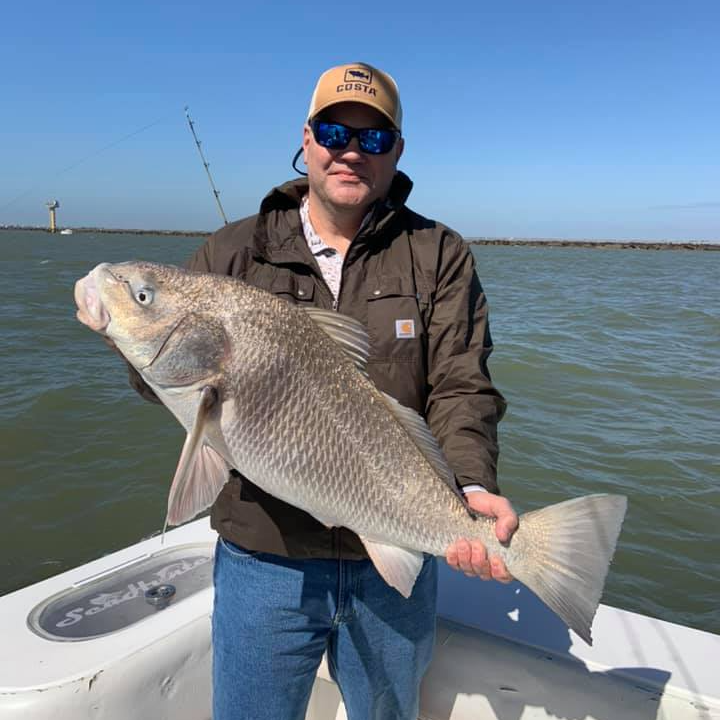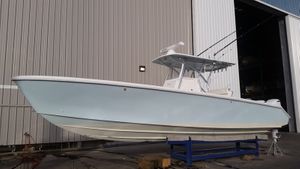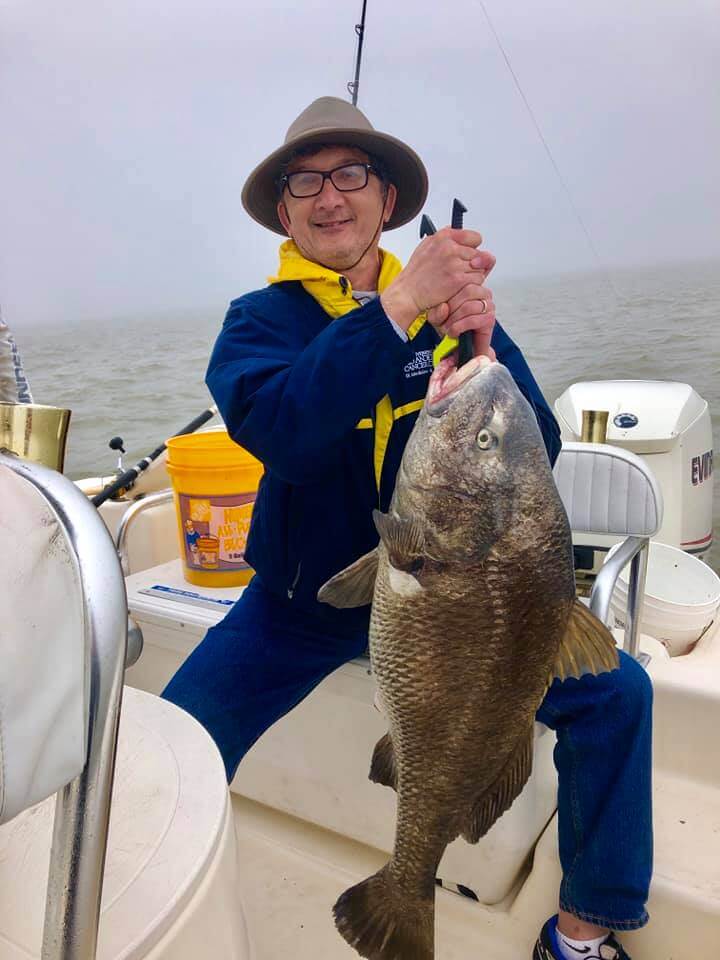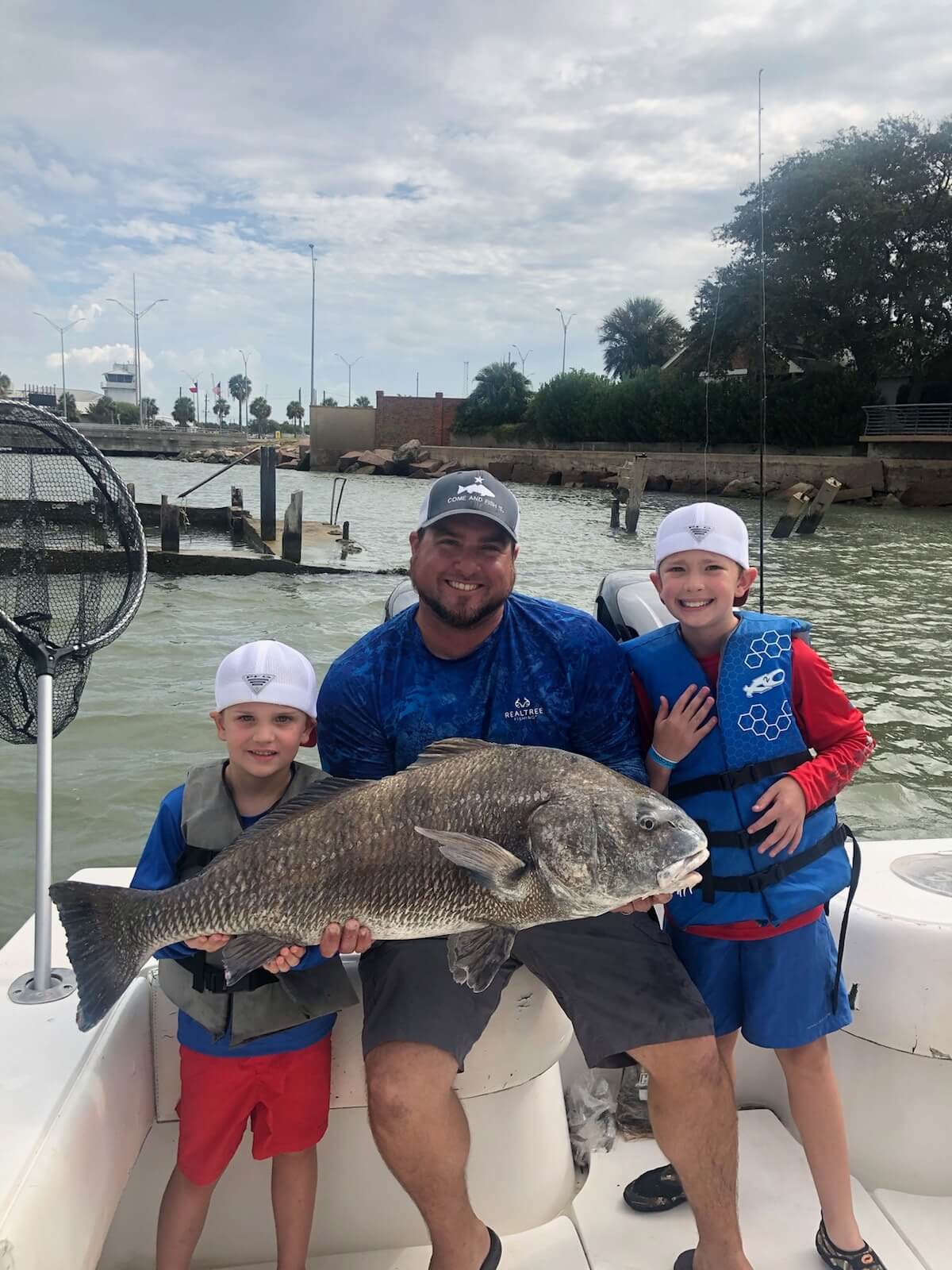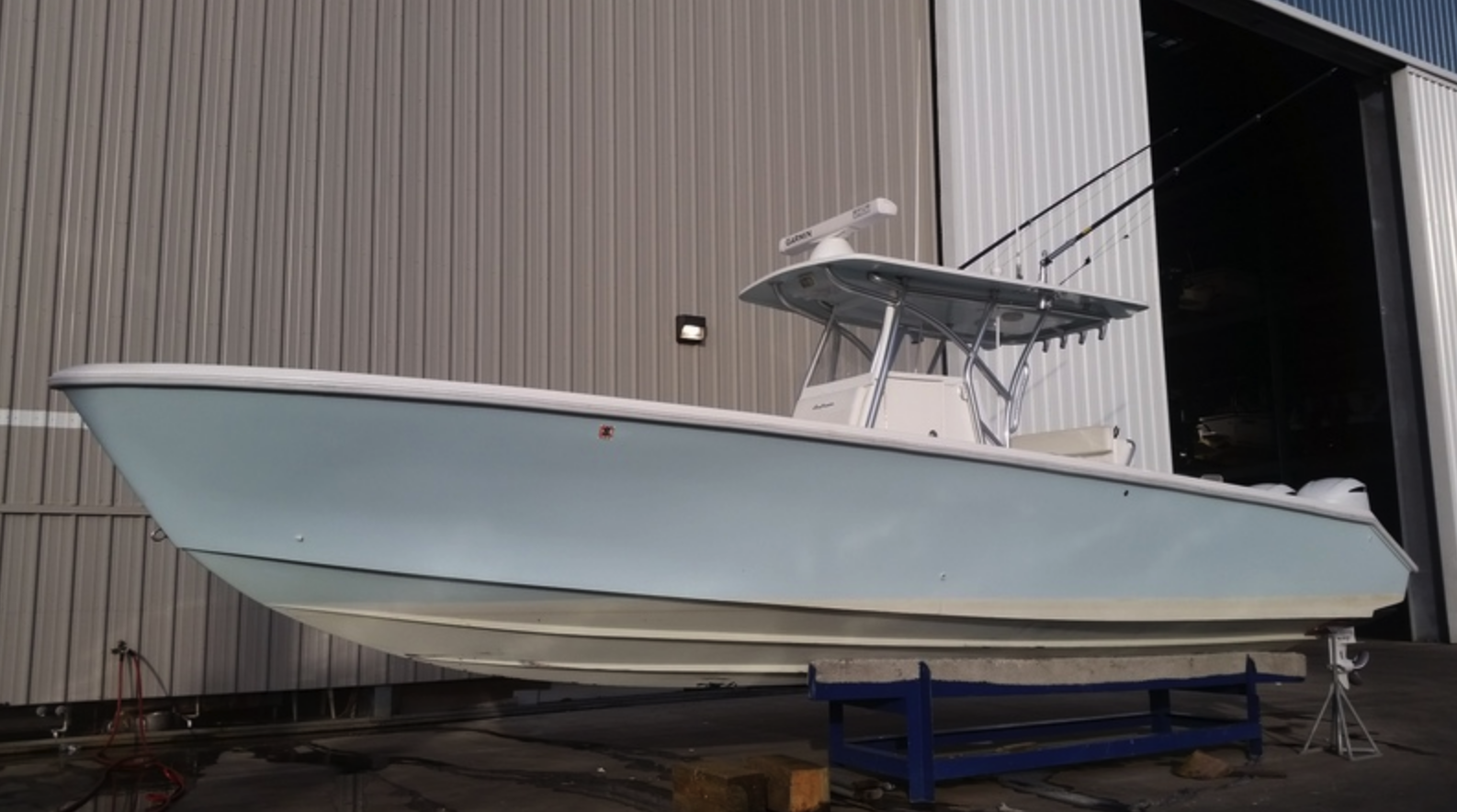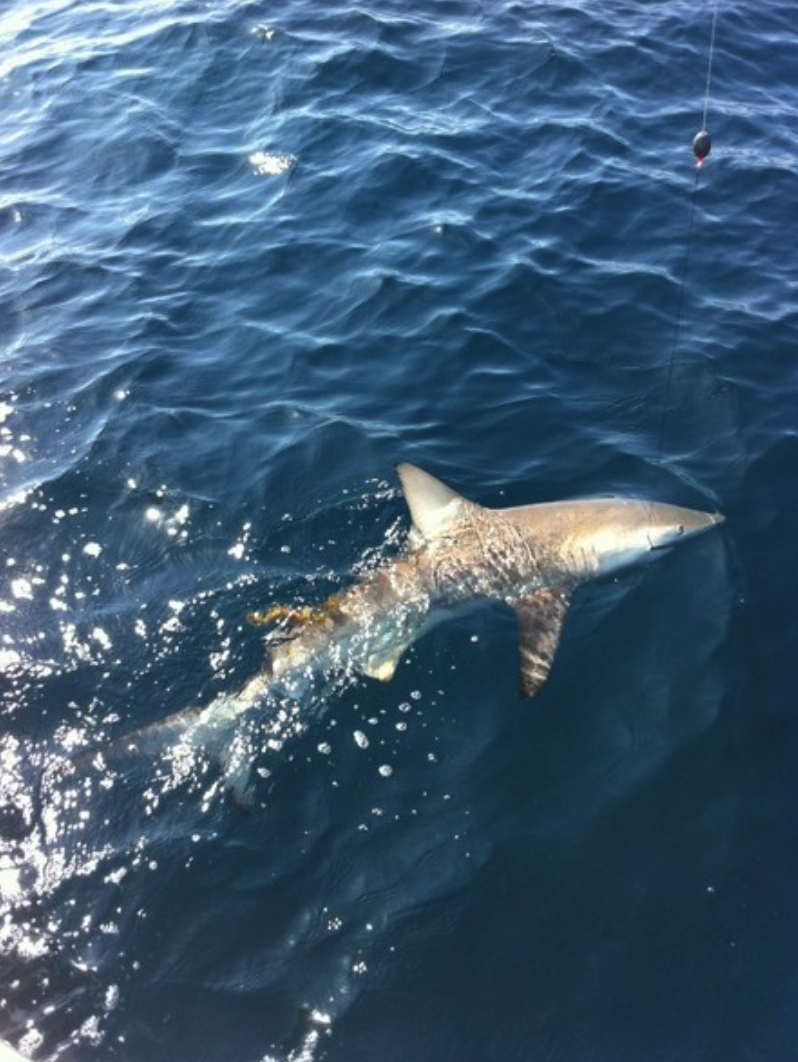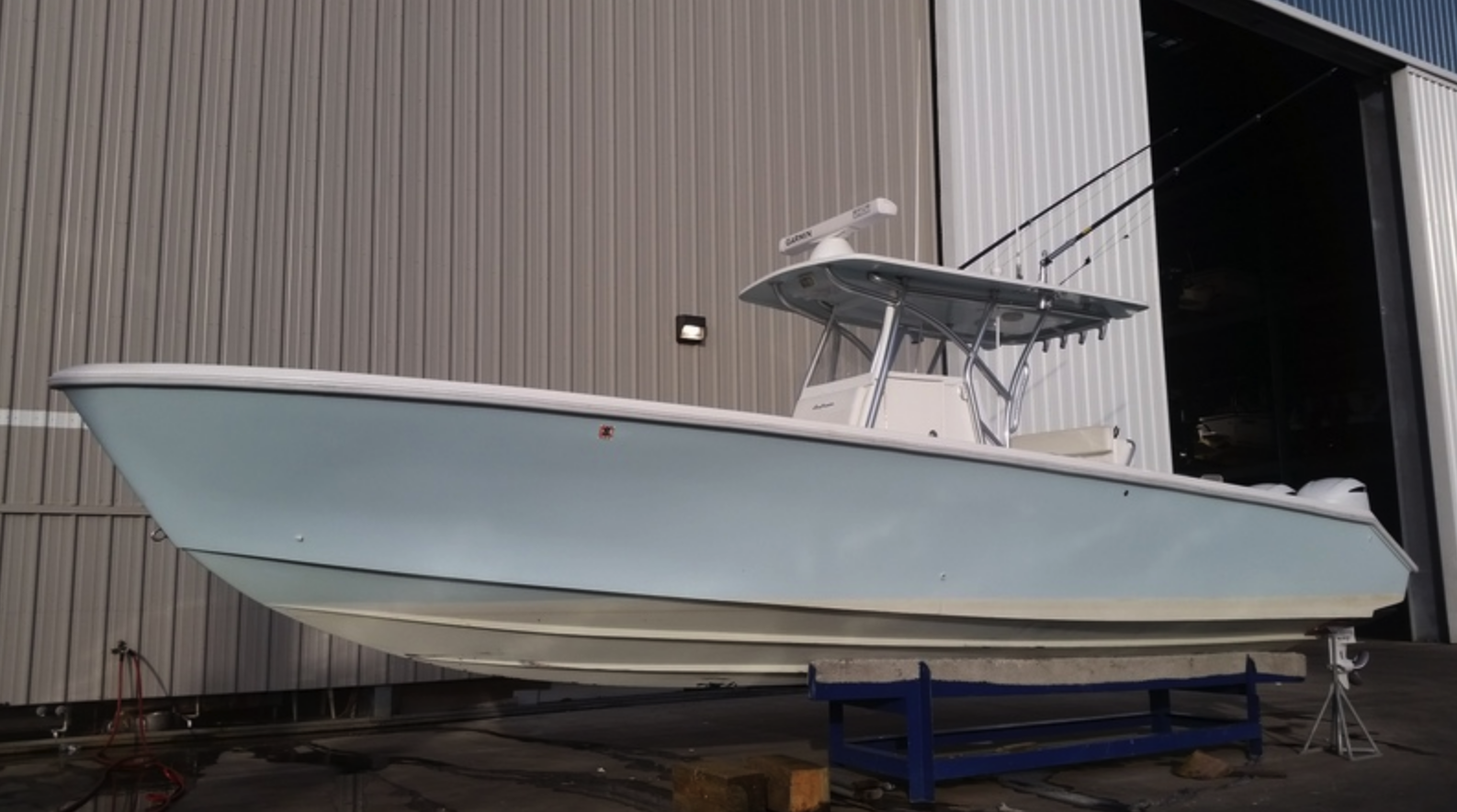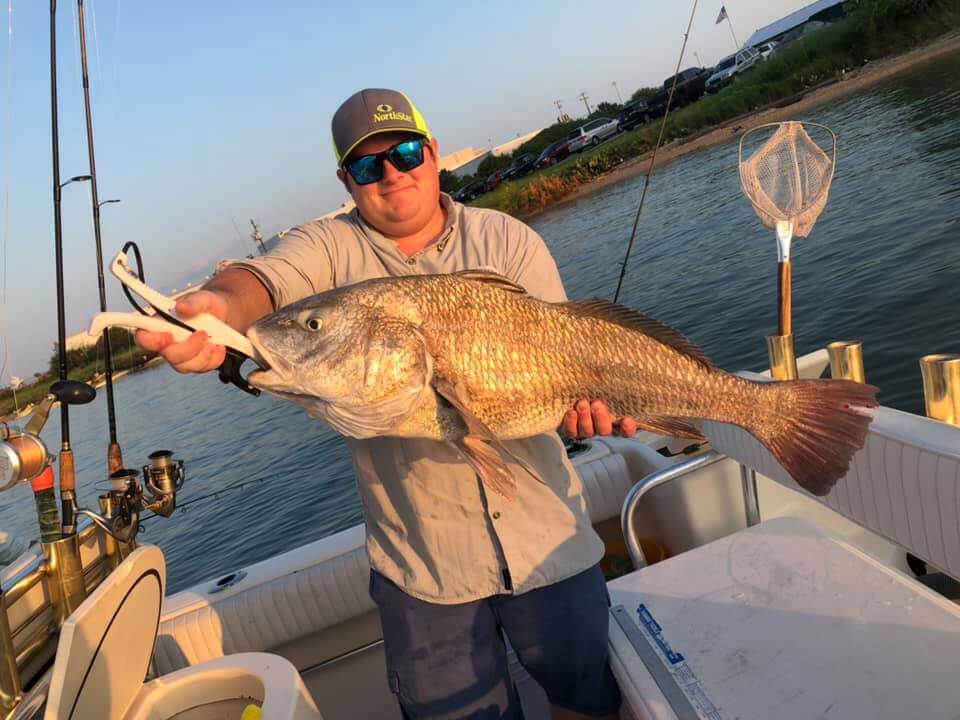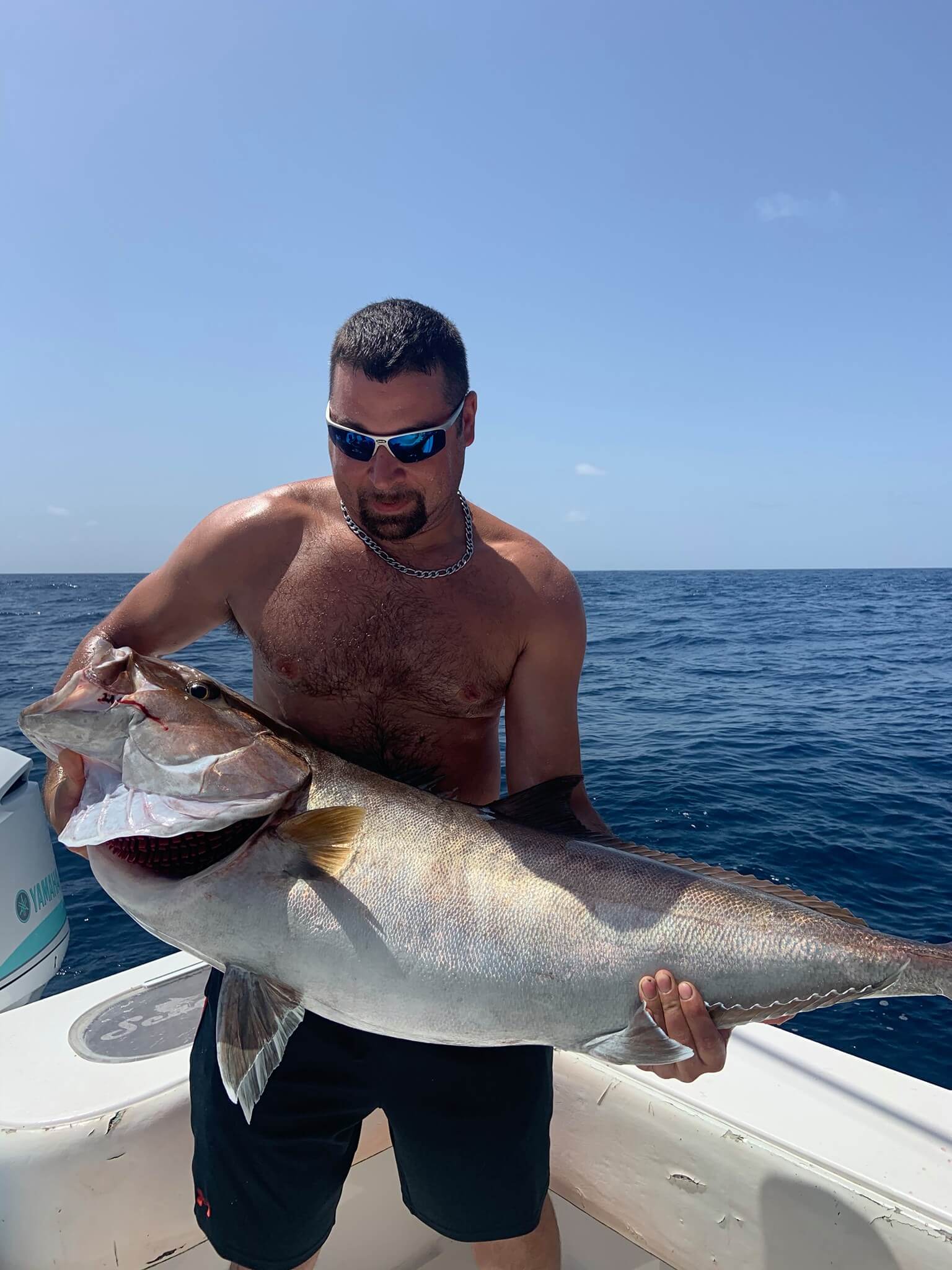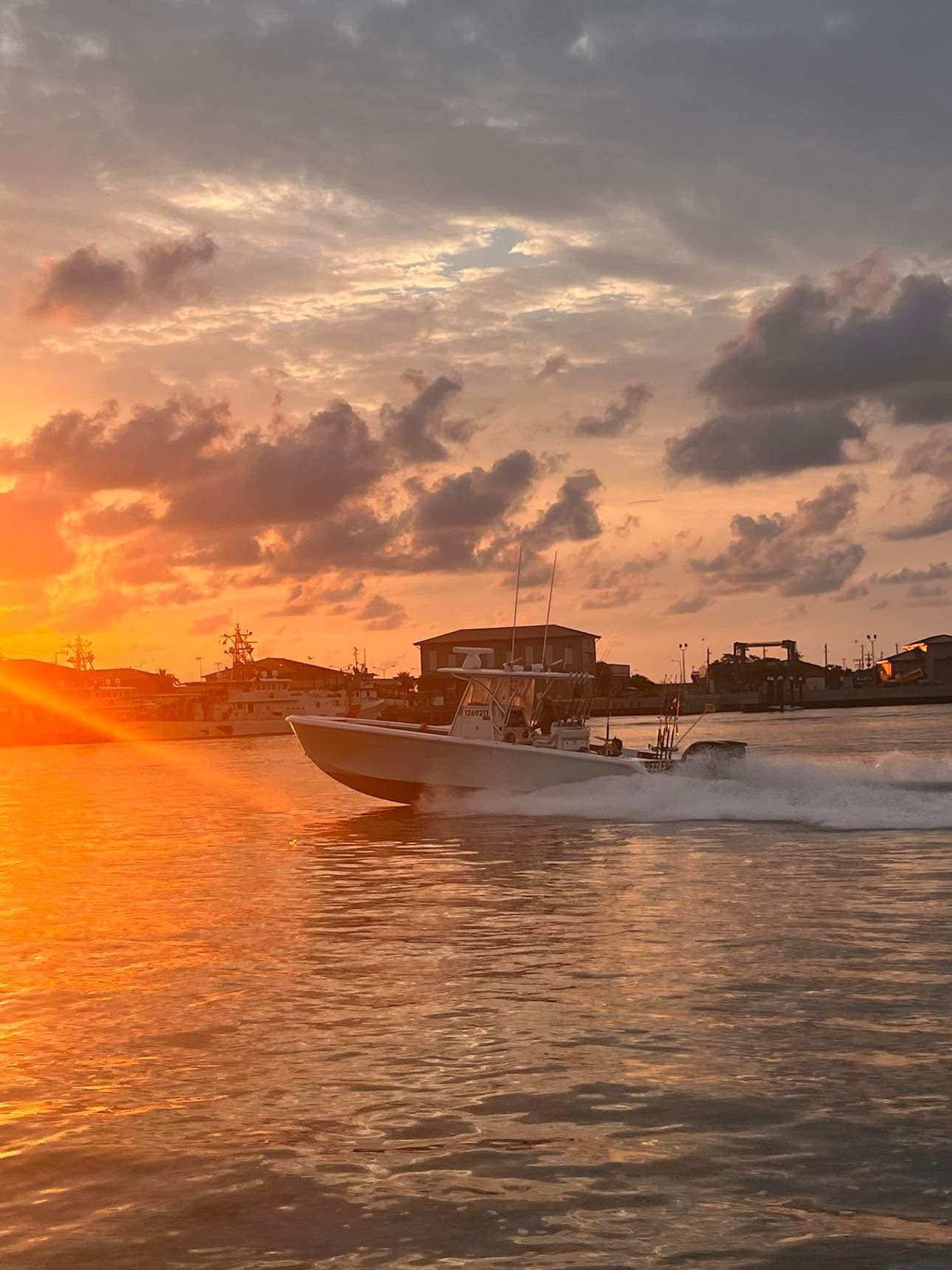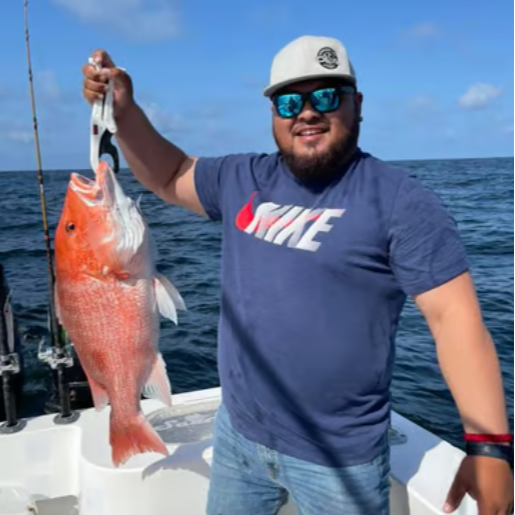Damn Good Guides
Experts Available 24/7
100% Weather Guarantee
“Our Damn Good Guides go above and beyond, and we’ve handpicked every single one. We’re passionate about the outdoors and look forward to getting you out on the trip of a lifetime, every time.”
Jonathan and Attison | Co-founders | Austin, Texas
Arctic Char Fishing Guides
Naknek River Camp Deluxe Package
River, Lake Fishing in Bradford
Maine Open Water Fishing Trips
Naknek River All-Inclusive
Alaska Float Fishing
Naknek River Camp Do-It-Yourself
Other Captain Experiences Trips
Inshore, Flats Fishing in Chatham
Early Season Cape Cod Flyfishing
Early Season Striper 33’
Tuna Trip - 26' Regulator
West Bay Trip
Upper Galveston Bay Trip
Inshore, Nearshore Fishing in Galveston
22' Whaler Inshore
22' Whaler Inshore - Texas City
Galveston Inshore Trip
Nearshore, Jetty Fishing in Galveston
Bay And Jetty Fishing
Nearshore, Jetty Fishing in Galveston
Shark And Bull Drum Trip
Nearshore Fishing in Galveston
State Water Slam
Going Deep - 35' Sea Hunter
Everything to Know About Booking a fishing trip
What are the best arctic char fishing trips?
The best arctic char fishing trips are:
What is an Arctic Char?
Arctic char (Salvelinus alpinus), also known as red charr and golden trout, is a cold, brackish water fish in the Salmonidae family that they share with salmon, trout, freshwater whitefishes, and graylings. They are known to be the northernmost fish found in freshwater, even residing in the Canadian Arctic. They are also known for being one of the rarest fish in Britain and Ireland.
Though the topside of a char is dark, depending on the time of year and the environment they are in, they can range from red to yellow, to white on their bellies. This variance caused differently colored fish to be labeled as different species until 1974 when it was discovered they’re all the same.
The best way to distinguish an arctic char from their cousin, the salmon, is to look at their sides. Arctic char will have light pink or white spots, while salmon will have dark spots.
How big do Arctic Char get?
There can be quite the variance in the size of arctic char due to not only environment size and food availability, but also due to the species' size dimorphism. Size dimorphism is when there are two different-sized forms of the same species, in this case, dwarf and giant. Dwarf char can be between seven ounces and five pounds, one ounce, and three inches long. Giant char typically weigh up to nine pounds and are 16 inches long on average.
Female and male arctic char can live up to 30 years after reaching maturity at four to ten and are typically the same size. Arctic char that migrate to the sea are usually larger than their land-locked brethren.
What's the biggest Arctic Char ever caught?
The IGFA world record is held by Jeffrey Ward who caught a 32 pound, nine-ounce gigantic arctic char out of Tree River, Canada in 1981. However, there have been unofficial reports of even larger ones caught out of Tree River, the biggest claiming to be over 34 pounds. There are rumors of even bigger monsters than that coming from Russia.
Where is the best place to catch Arctic Char?
Arctic char are considered to be circumpolar, which means they are situated around one of the Earth’s Poles, in this case, the North Pole. They can be found as far south as New Hampshire in the United States, and the Pyrenees in Europe, and as far north as Ellesmere Island in Canada. They are then spread around the globe in areas like Alaska, Russia, Iceland, and the Alps.
They are anadromous, unless completely landlocked, meaning they migrate from sea to freshwater to spawn. One in freshwater, they will stay in lakes or pools of the river over a gravel bottom. Those that are stuck inland, which are the majority, stick to cold rivers and lakes, including glacial lakes.
When should I catch Arctic Char?
The best time to fish for arctic char depends on the area you are in. If you are fishing along the migratory route of anadromous fishes, catching them on their way in to spawn is an excellent time, which will typically happen between May and July.
Following their movement, the next best time of the year will be to catch them during their spawn, which can be anywhere from autumn to winter. It will typically begin to happen once water temperatures reach around 40 degrees Fahrenheit, so be sure to check out the yearly patterns in the area you intend to fish.
How do you catch Arctic Char?
Fishing for arctic char is often compared to Atlantic salmon fishing. They tend to be fierce and sometimes acrobatic fighters and can be caught both conventionally and on the fly. No matter how you choose to fish, it is recommended you use bait that most similarly resembles the char’s natural diet of plankton, insect eggs, small fish, and crustaceans.
For fly fishing, bright-colored leech, streamer, and smolt imitations as well as beads work best with a plethora of dry flies. When spin casting, large baits with heavy spinners work best while using a large rod that can handle some fast spinning action.
Keep in mind that these guys tend to school, and can also be easily spooked even by your shadow. It is important to not cast too much in one spot and to watch your movement. For all of the specificity, it is recommended to use a guide, who will have the local knowledge and experience to give you the expertise you need to land a trophy arctic char.
Are Arctic Char good to eat? What are the best Arctic Char recipes?
Arctic char is considered excellent table fare and is often compared to having a taste somewhere in between trout and salmon. It has a naturally bright red to pale pink-colored flesh, which is caused by its diet of crustaceans like pink shrimp. Also, it is hard to overcook since it has a fatty texture that gives plenty of room for even the most inexperienced of cooks to nail it.
Some common ways to prepare arctic char is by baking, grilling, poaching, and pan-searing, which are similar methods that are often used with salmon or trout. They can also be paired with a variety of flavors like mustard, brown butter, shiitake, eggplant, salsa verde, and more.
They also have a skin perfect for creating a crisp-skinned dish. To do so, heat oil in a pan, then cook the fillet skin side down seasoned with salt and pepper. This technique will cook from the bottom up, keeping the flesh moist and making the skin crisp. Then simply serve with a lemon wedge or pair with mashed potatoes.
Cities
Featured Cities
- Fishing Charters Near Me
- Austin Fishing Guides
- Biloxi Fishing Charters
- Bradenton Fishing Charters
- Cabo San Lucas Fishing Charters
- Cancun Fishing Charters
- Cape Coral Fishing Charters
- Charleston Fishing Charters
- Clearwater Fishing Charters
- Corpus Christi Fishing Charters
- Crystal River Fishing Charters
- Dauphin Island Fishing Charters
- Daytona Beach Fishing Charters
- Destin Fishing Charters
- Fort Lauderdale Fishing Charters
- Fort Myers Fishing Charters
- Fort Walton Beach Fishing Charters
- Galveston Fishing Charters
- Gulf Shores Fishing Charters
- Hatteras Fishing Charters
- Hilton Head Fishing Charters
- Islamorada Fishing Charters
- Jacksonville Fishing Charters
- Jupiter Fishing Charters
- Key Largo Fishing Charters
- Key West Fishing Charters
- Kona Fishing Charters
- Lakeside Marblehead Fishing Charters
- Marathon Fishing Charters
- Marco Island Fishing Charters
- Miami Fishing Charters
- Montauk Fishing Charters
- Morehead City Fishing Charters
- Naples Fishing Charters
- New Orleans Fishing Charters
- New Smyrna Beach Fishing Charters
- Ocean City Fishing Charters
- Orange Beach Fishing Charters
- Panama City Beach Fishing Charters
- Pensacola Fishing Charters
- Pompano Beach Fishing Charters
- Port Aransas Fishing Charters
- Port Orange Fishing Charters
- Rockport Fishing Charters
- San Diego Fishing Charters
- San Juan Fishing Charters
- Sarasota Fishing Charters
- South Padre Island Fishing Charters
- St. Augustine Fishing Charters
- St. Petersburg Fishing Charters
- Tampa Fishing Charters
- Tarpon Springs Fishing Charters
- Venice Fishing Charters
- Virginia Beach Fishing Charters
- West Palm Beach Fishing Charters
- Wilmington Fishing Charters
- Wrightsville Beach Fishing Charters
Didn't Find What You Were Looking For?
Our guides are Damn Good Guides, which means they’re vetted by our team of outdoor experts who know them on a first-name basis. We hand pick each and every one of them, and our network spans all across the US and beyond.
The proof is in the pudding, and we’re incredibly proud of our 4.9 / 5 average review score. Hit the button below to see more trip options:
